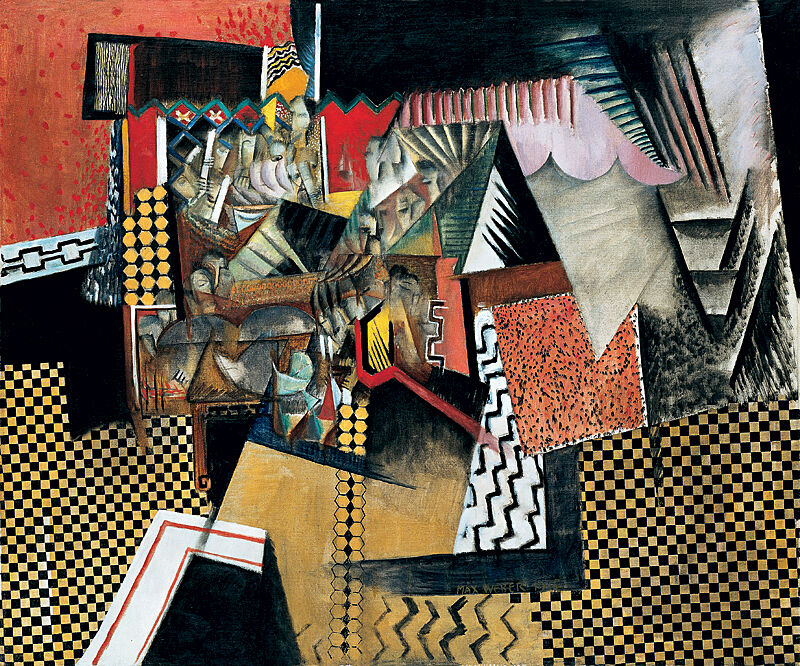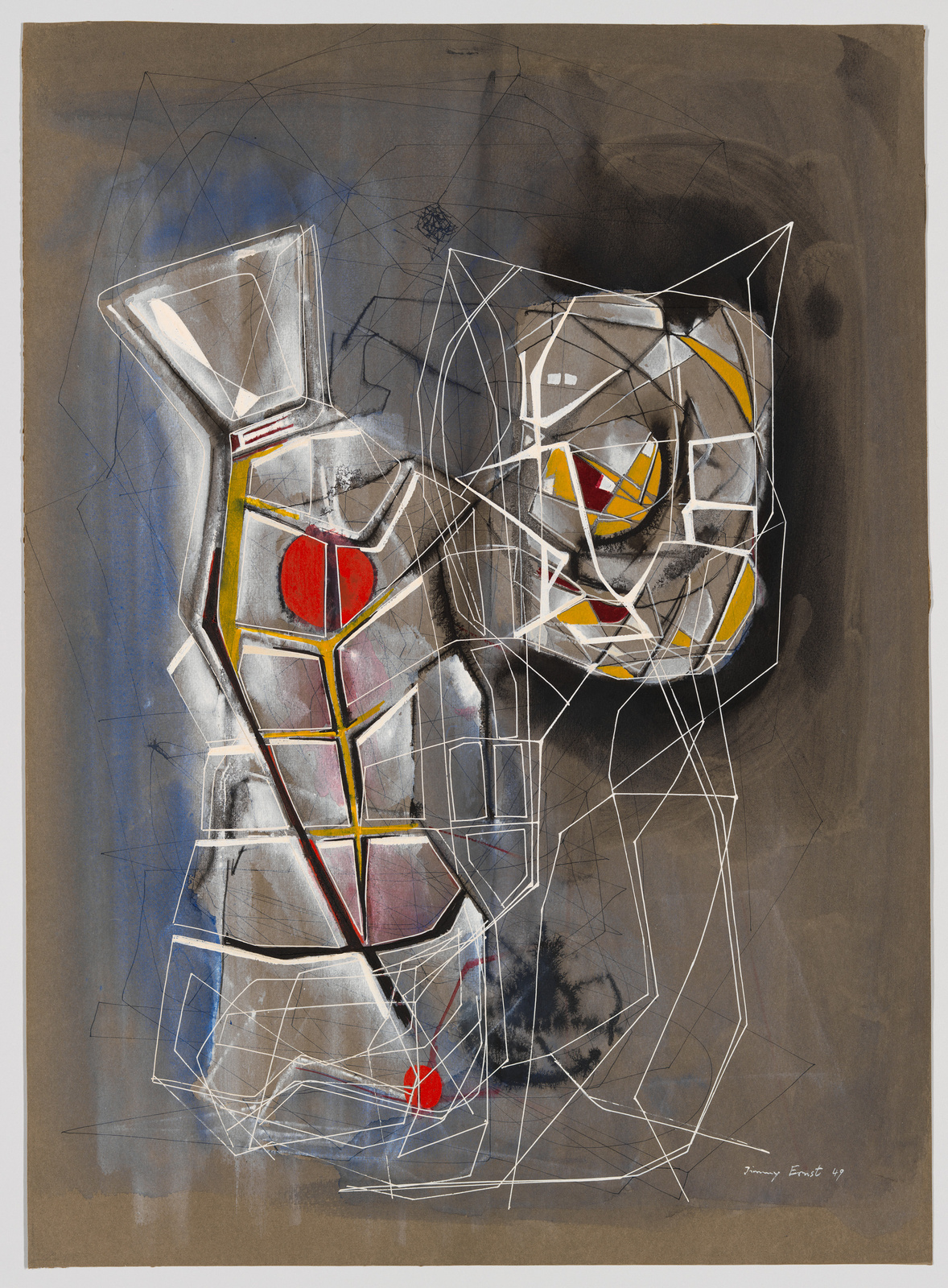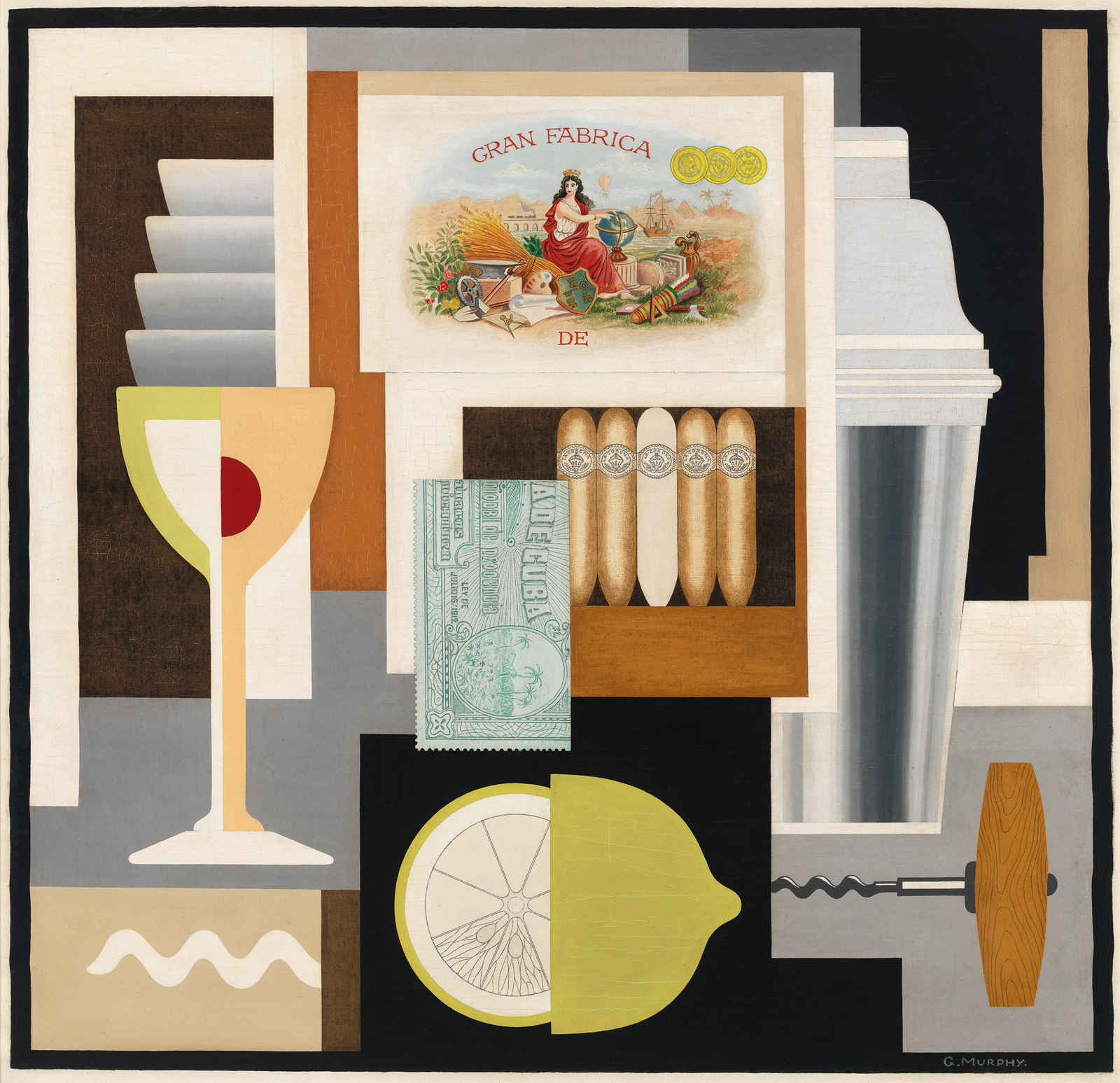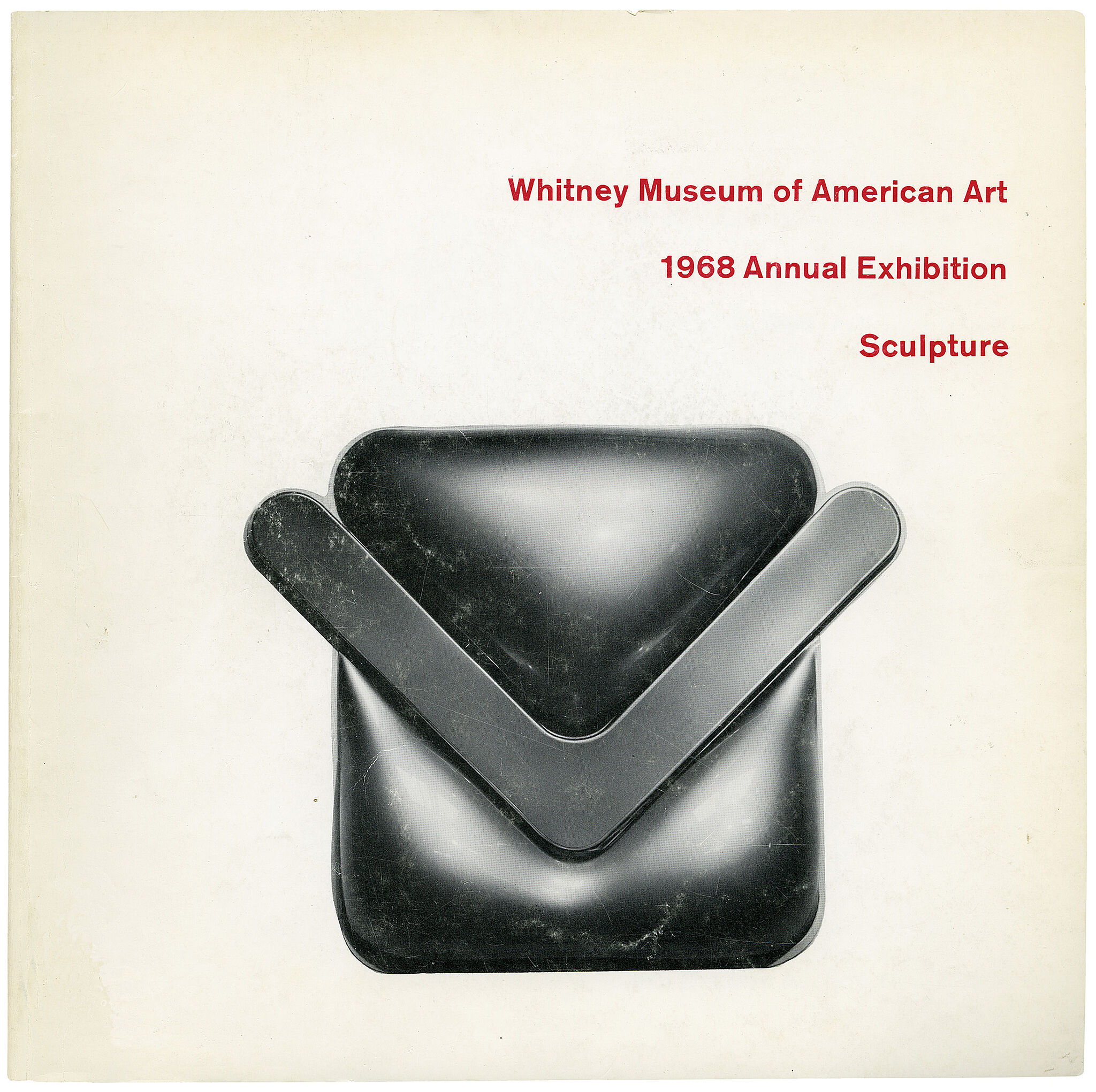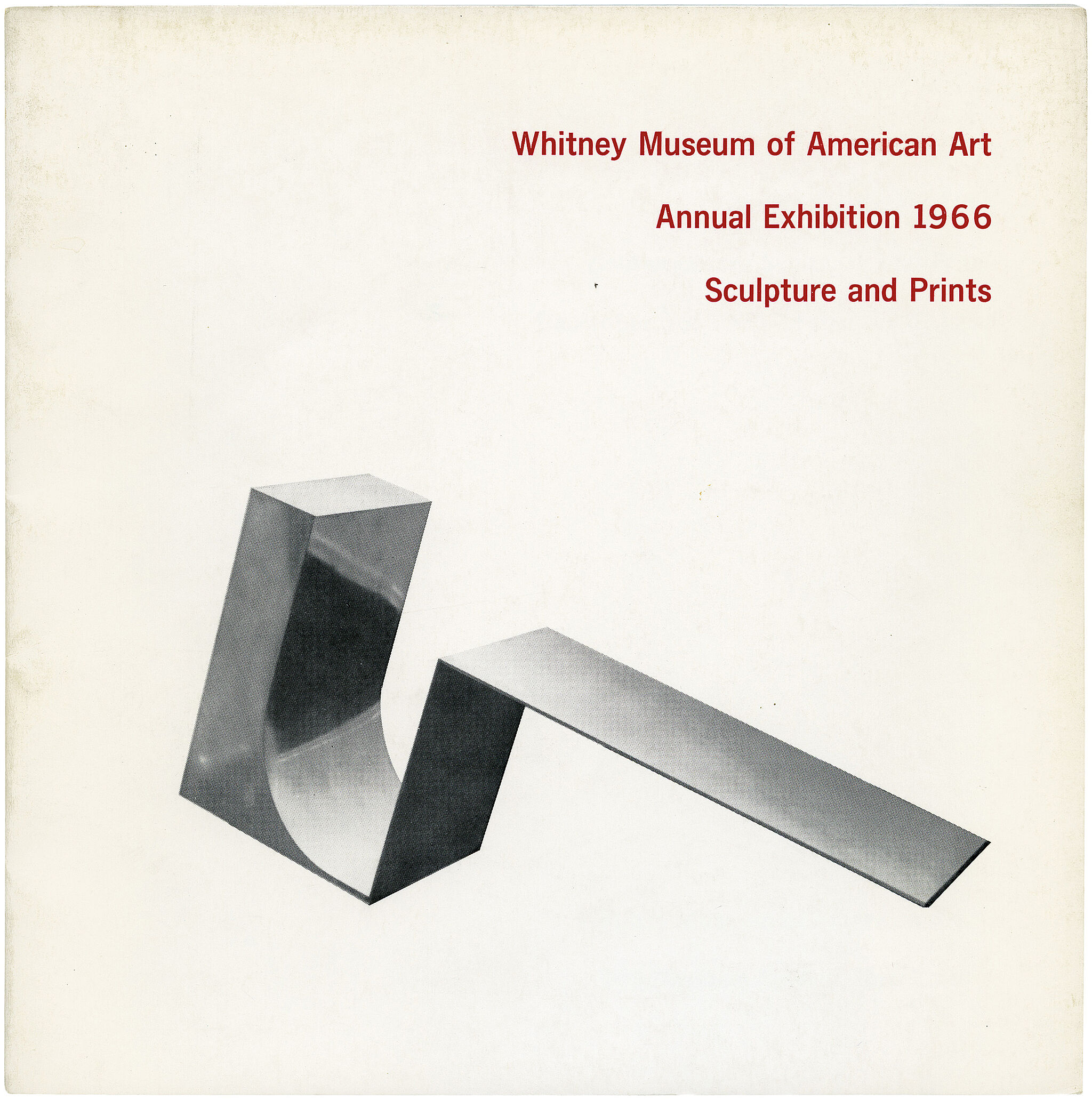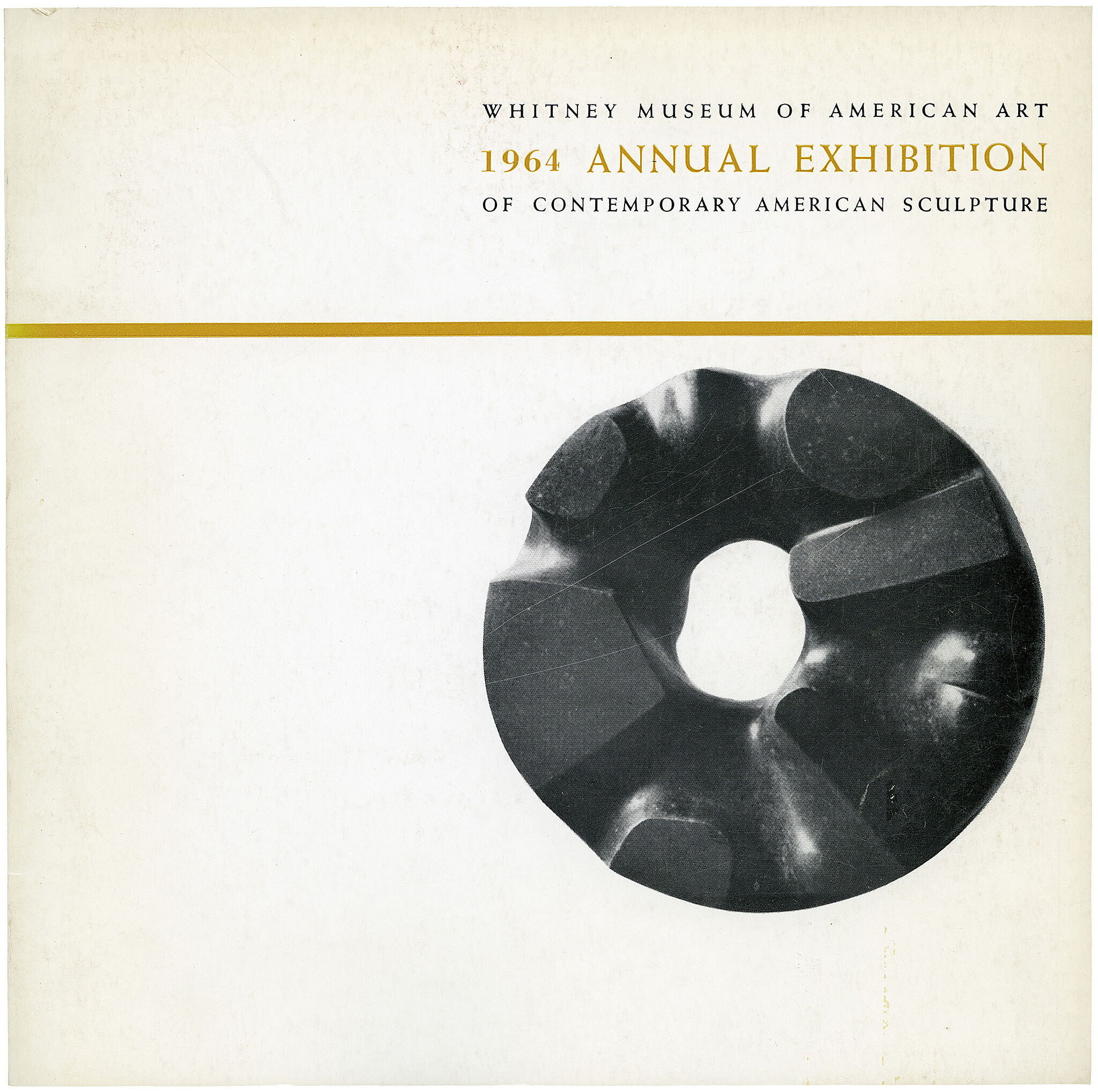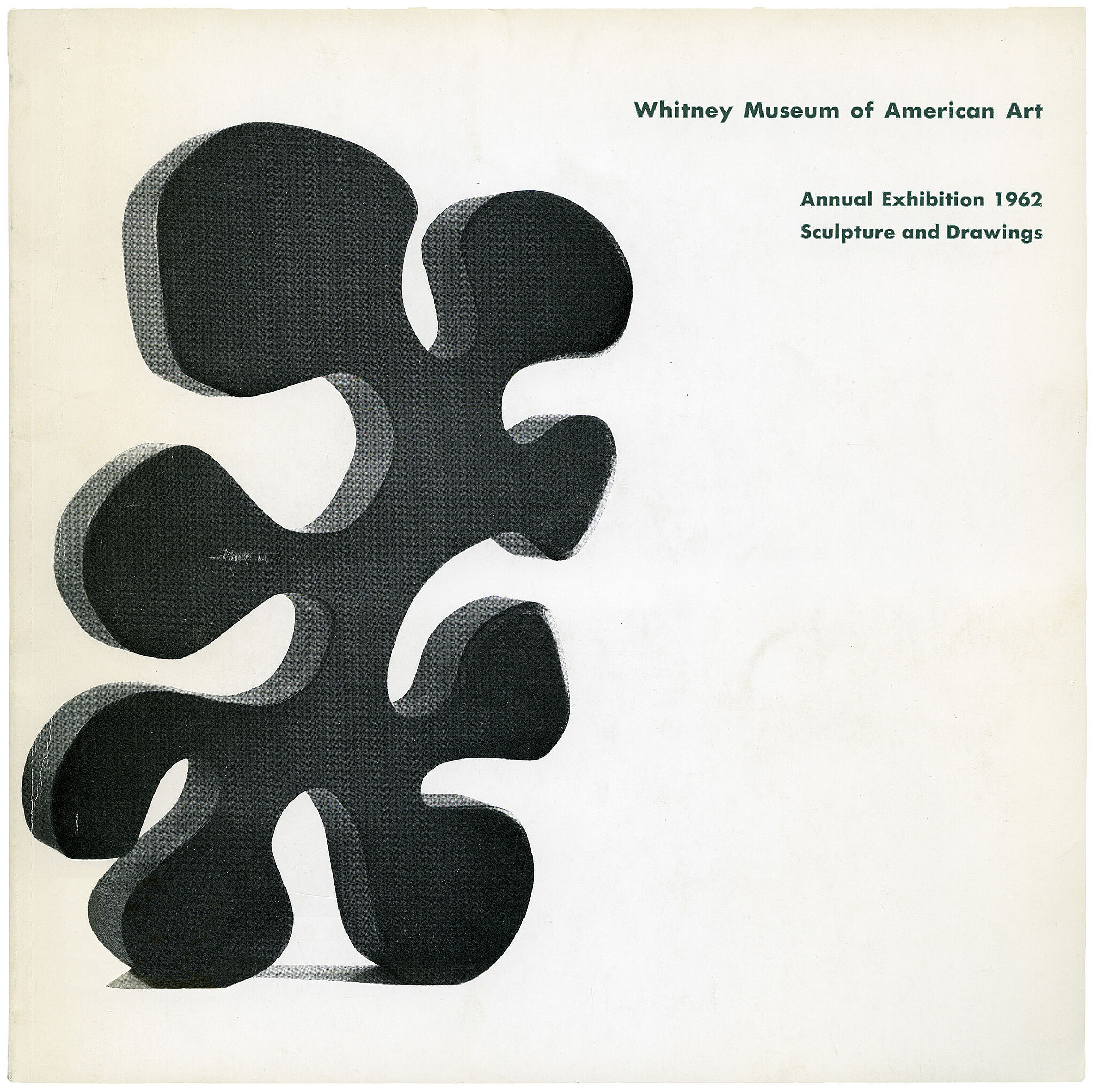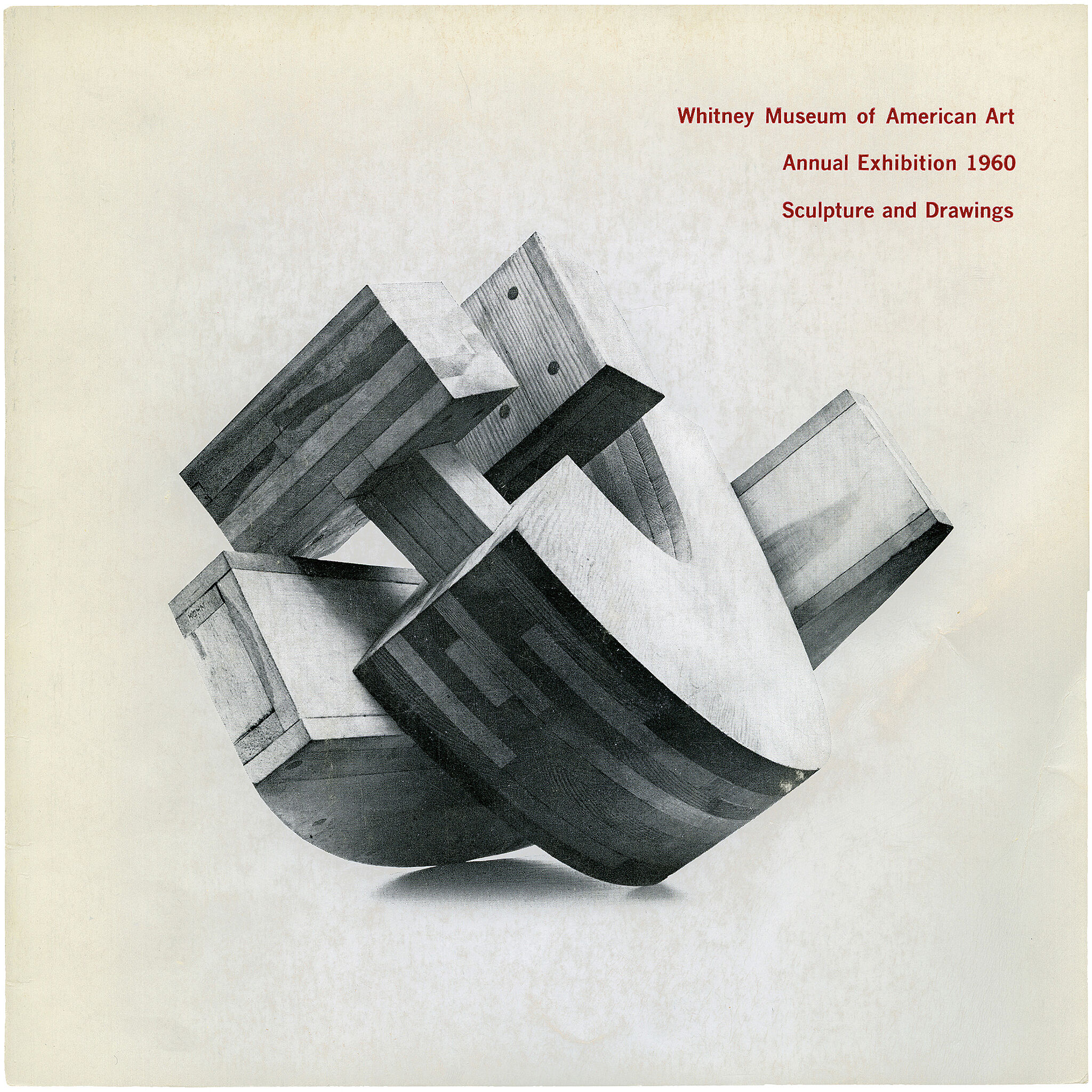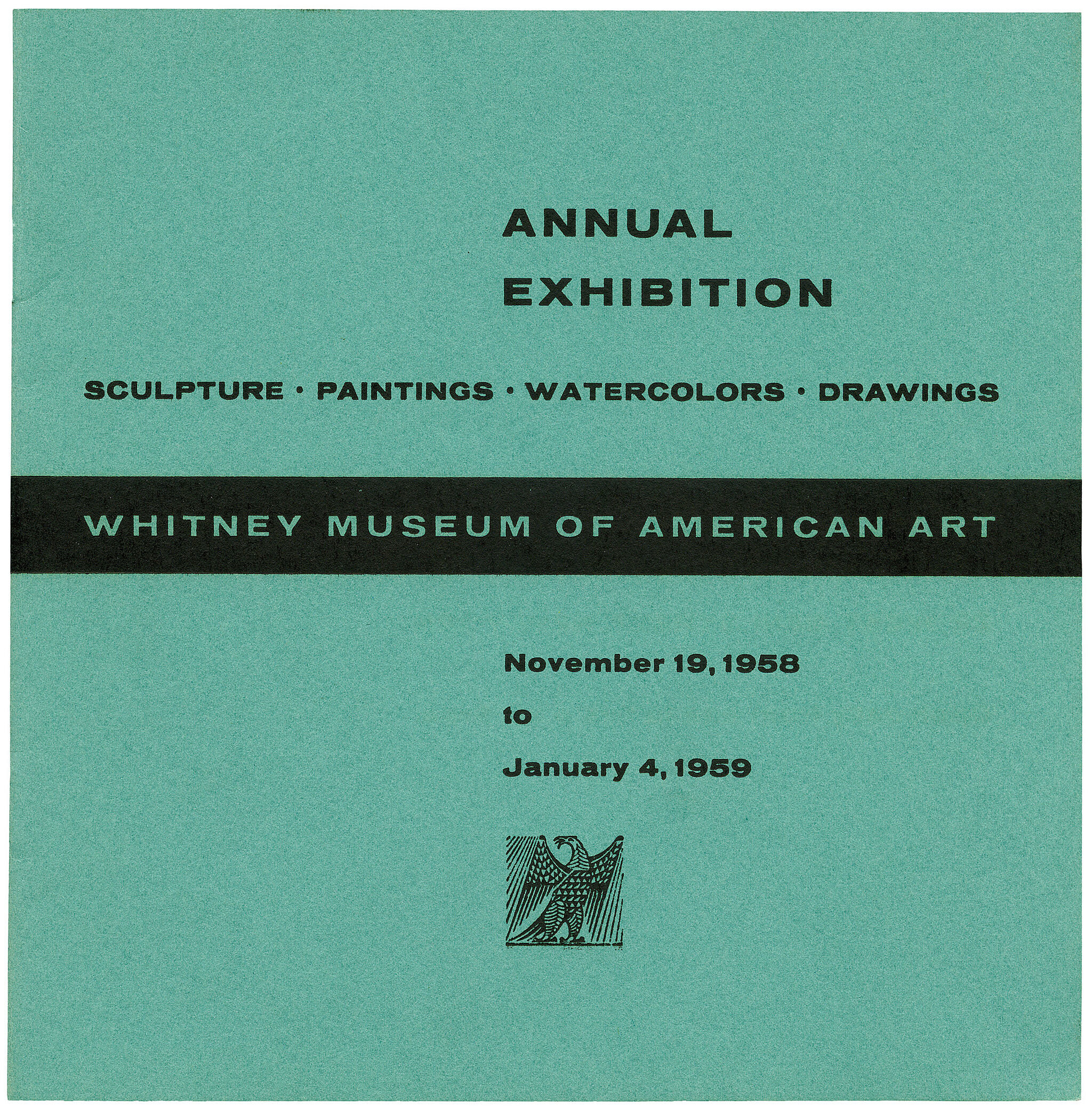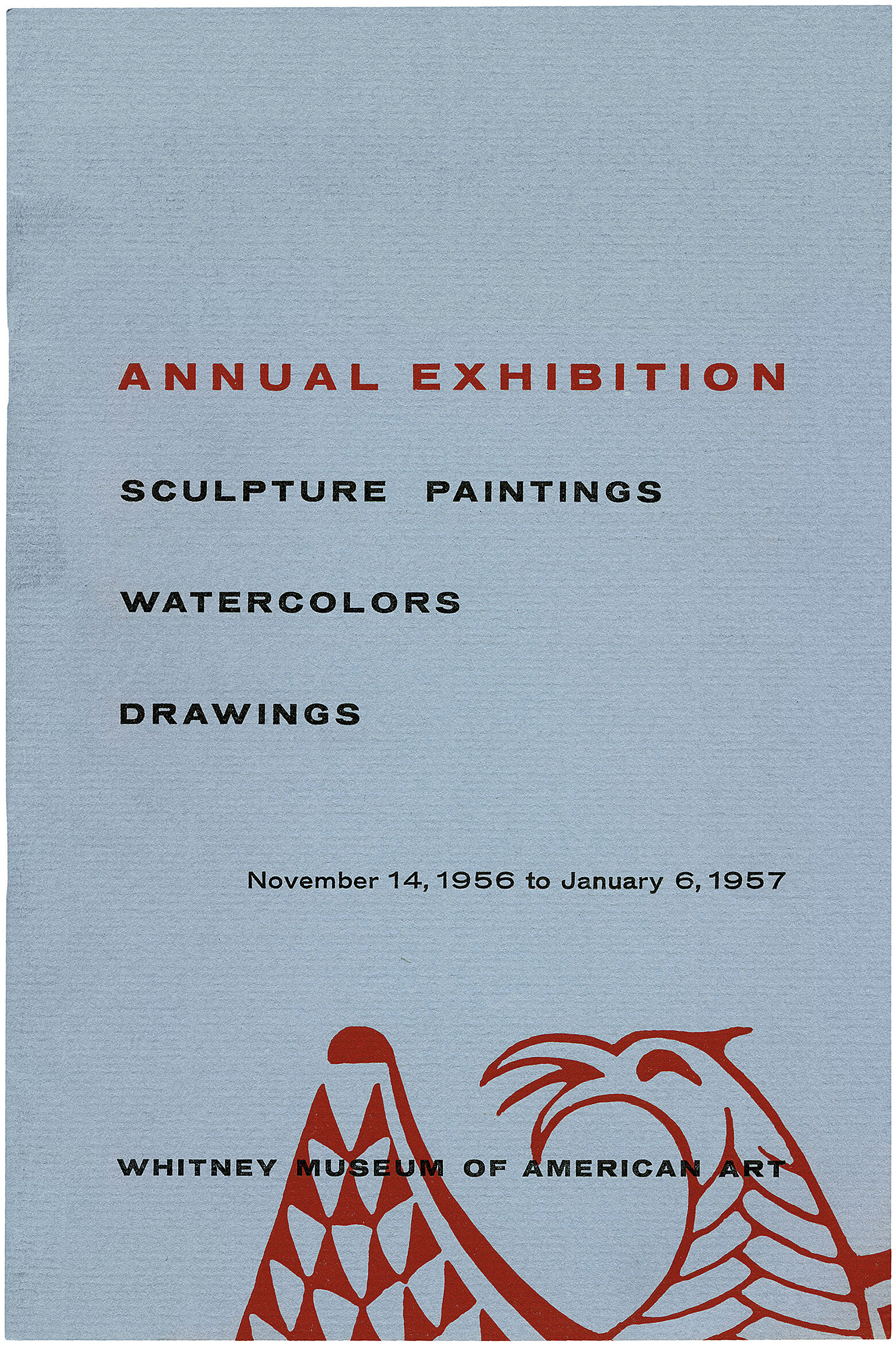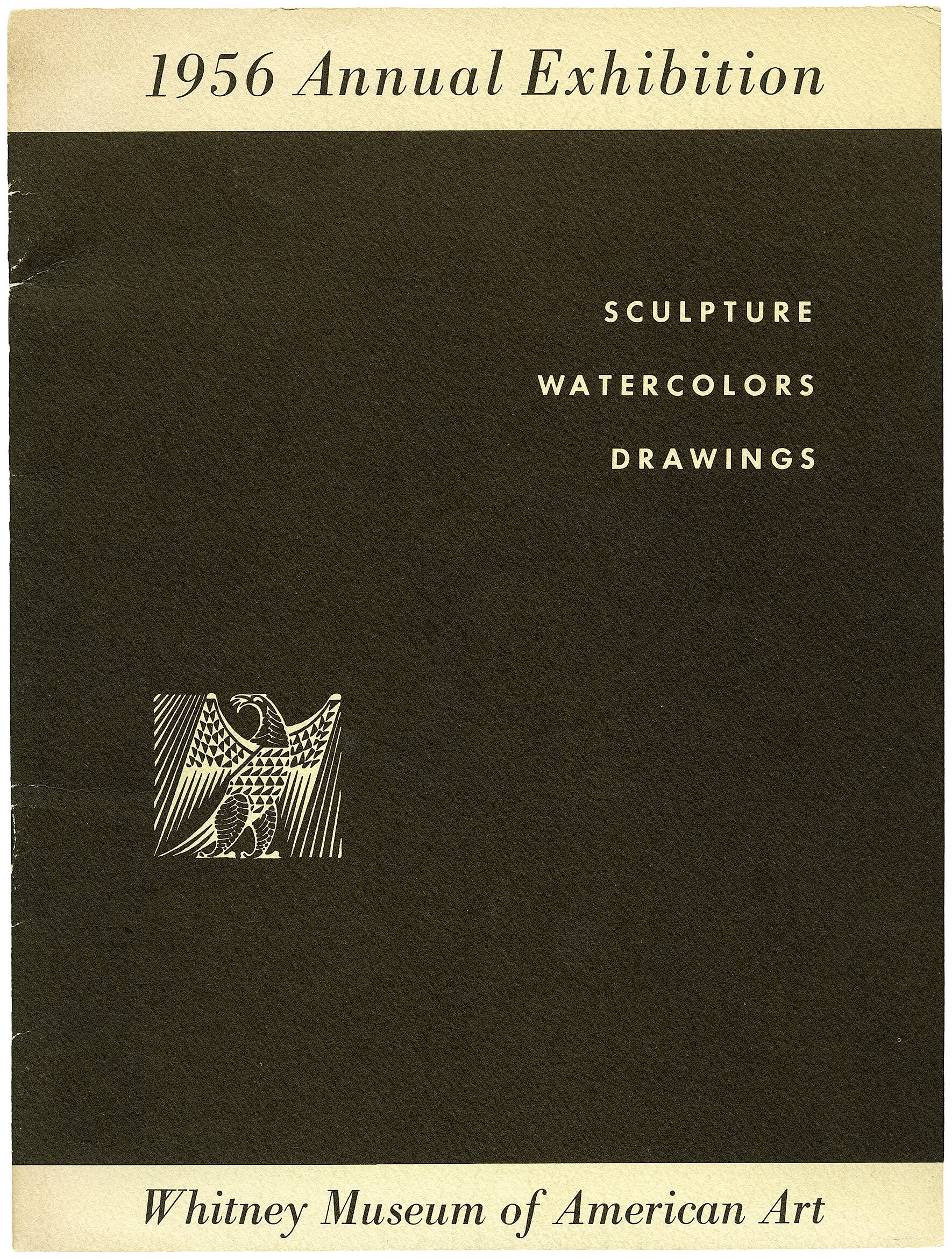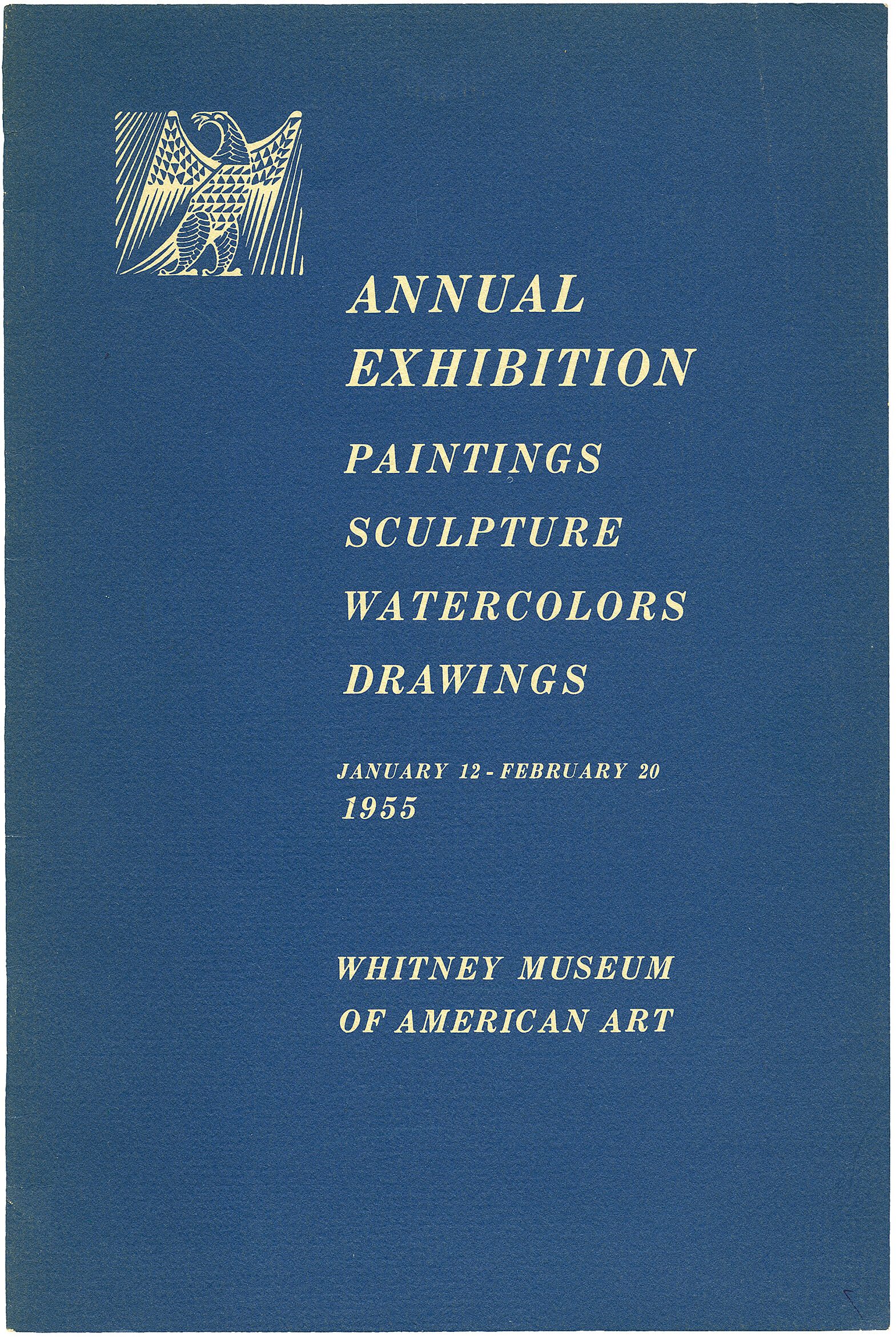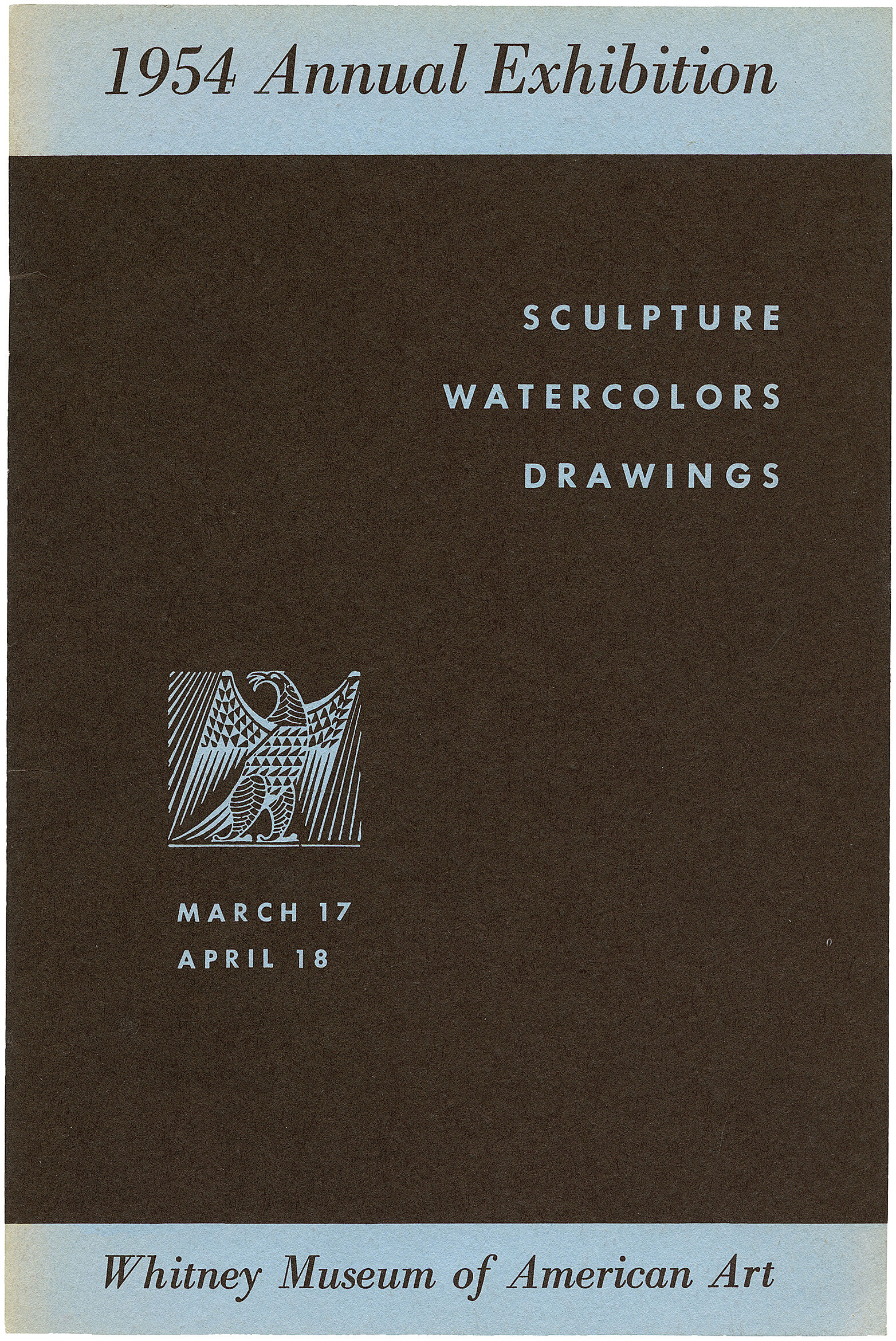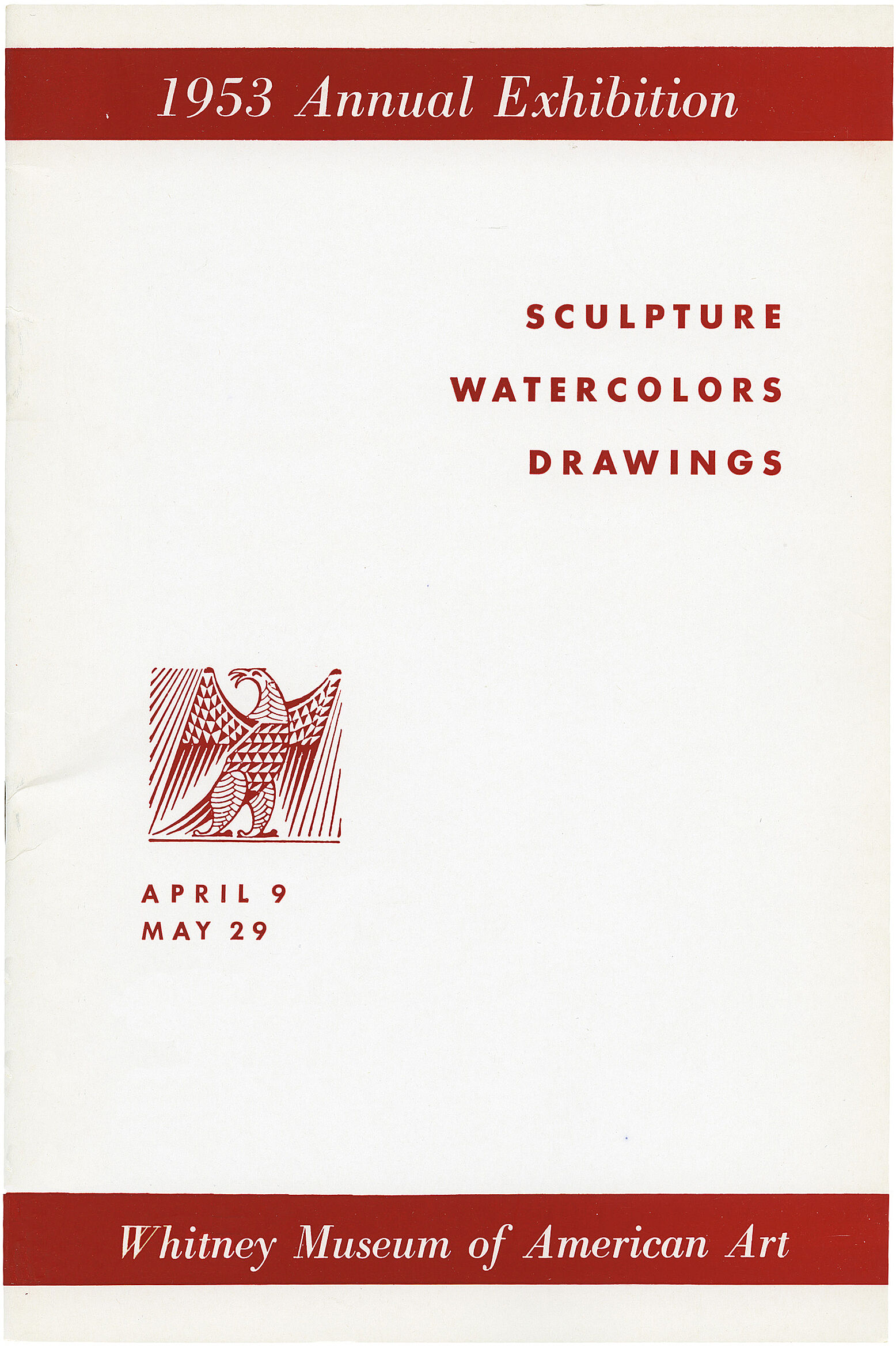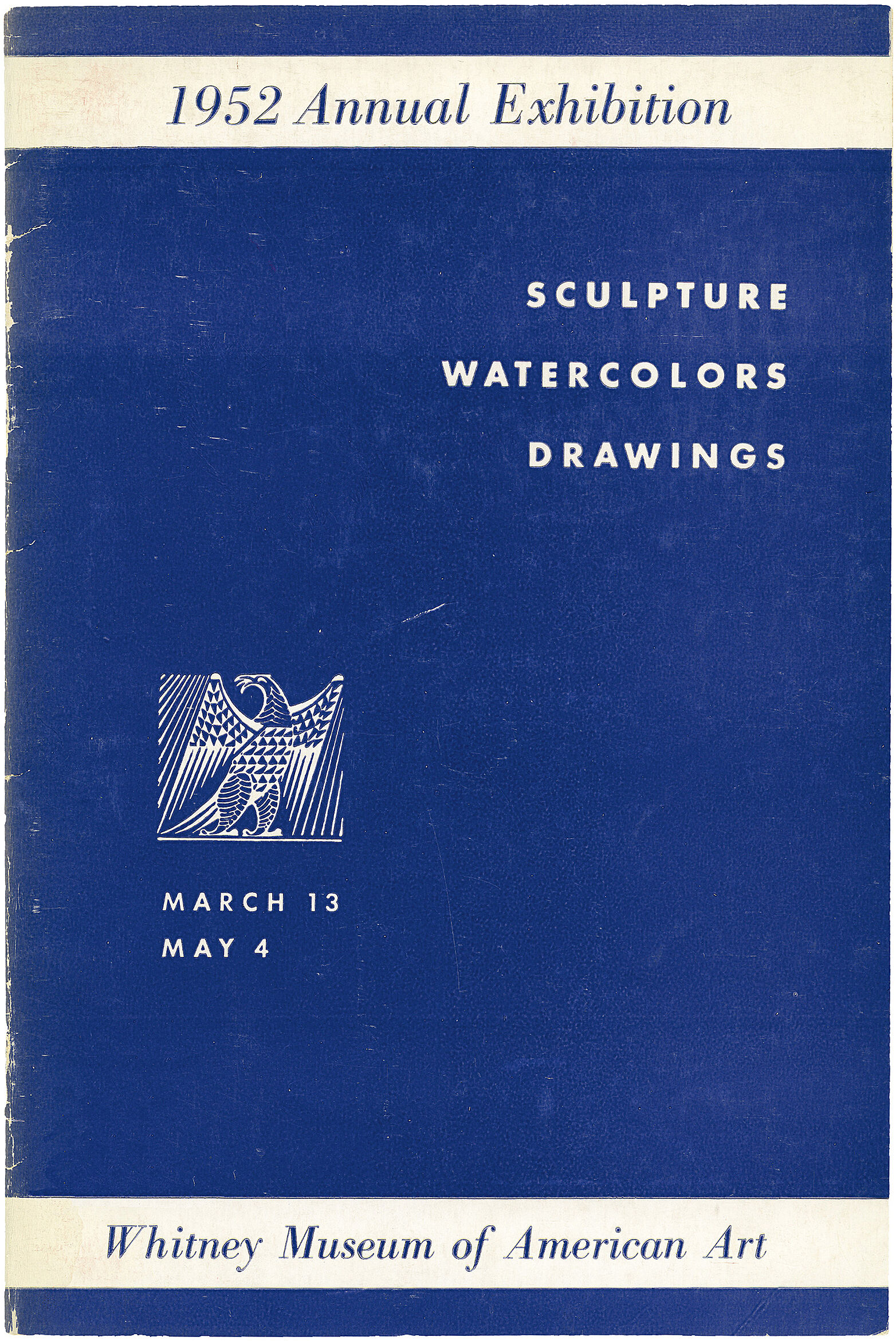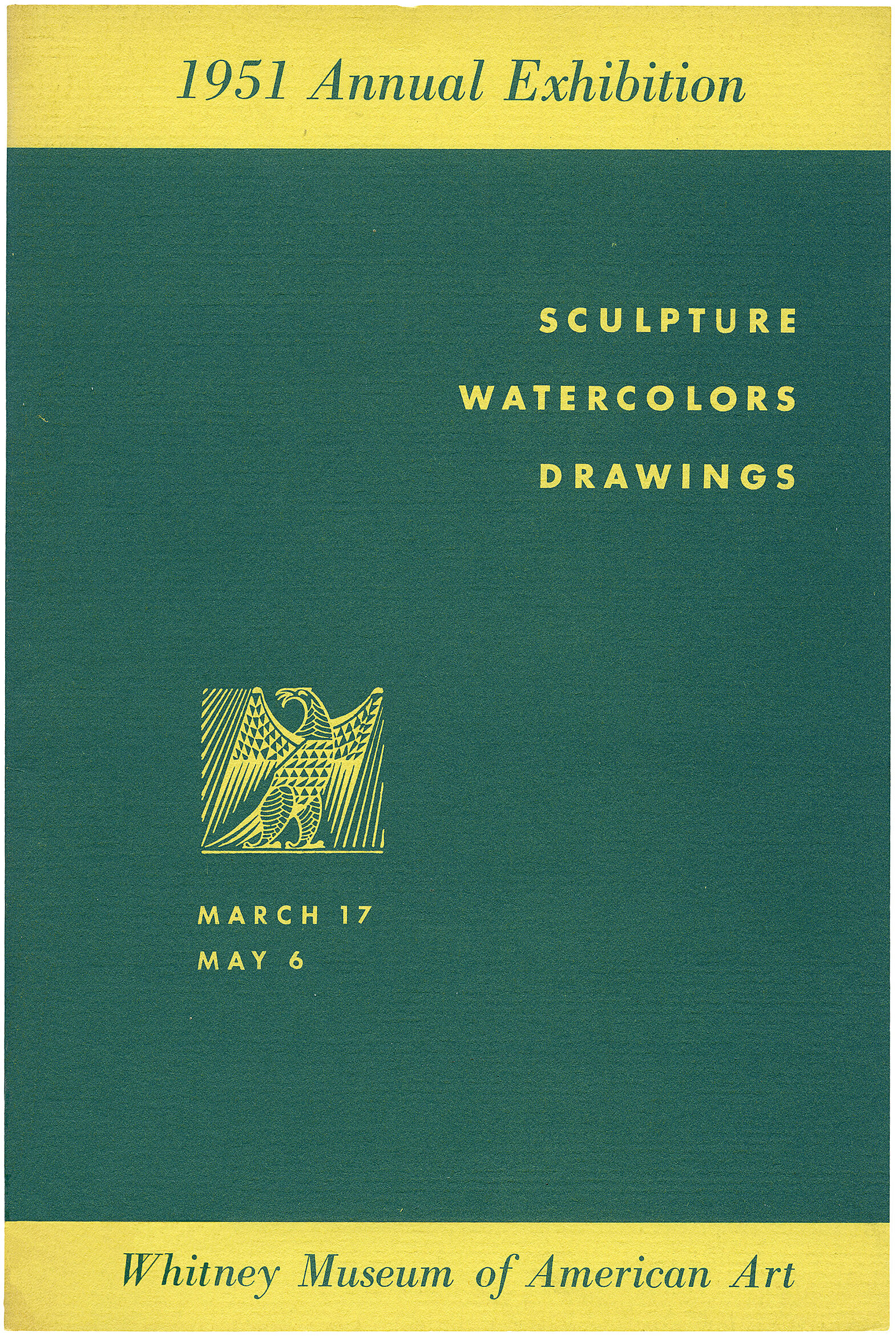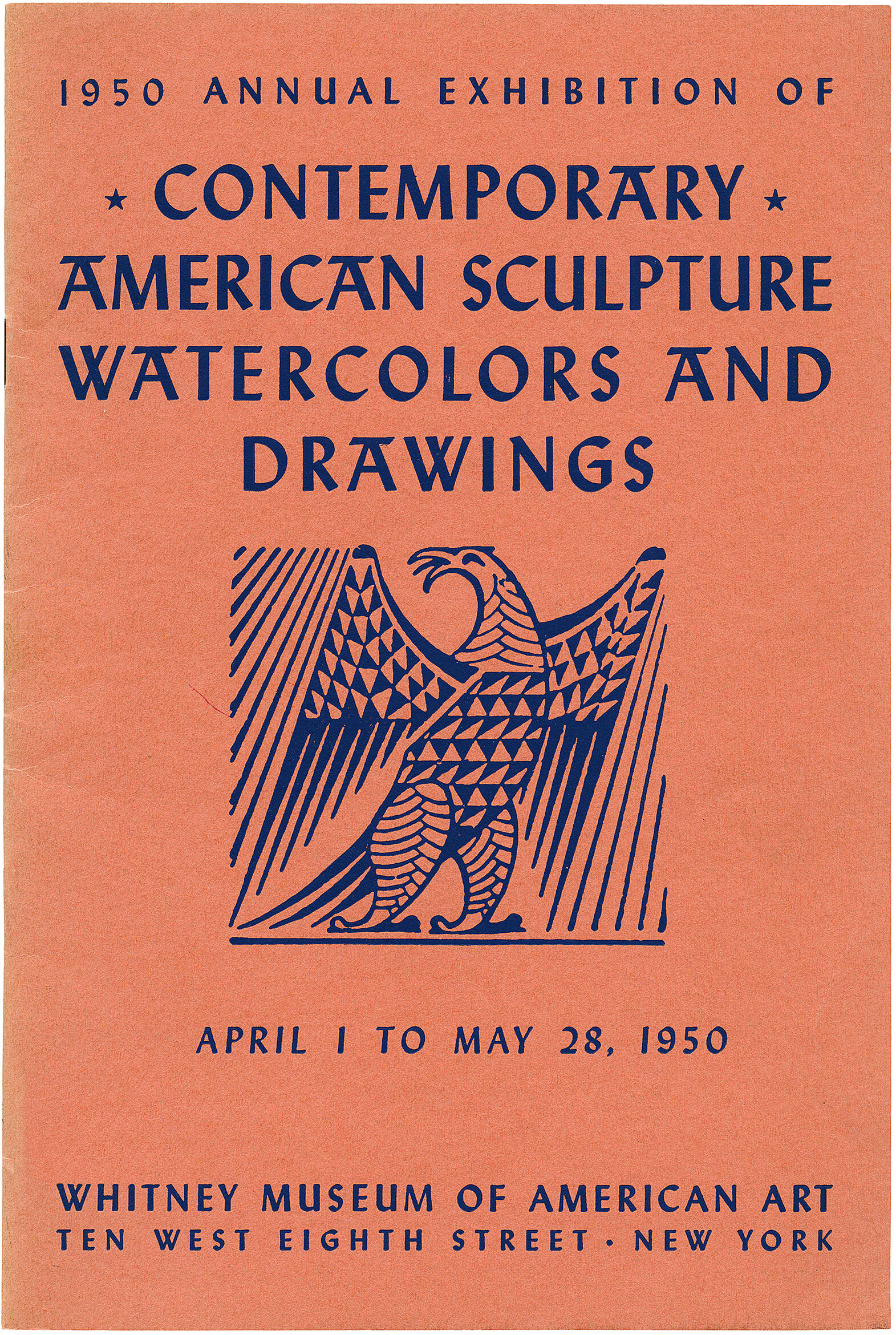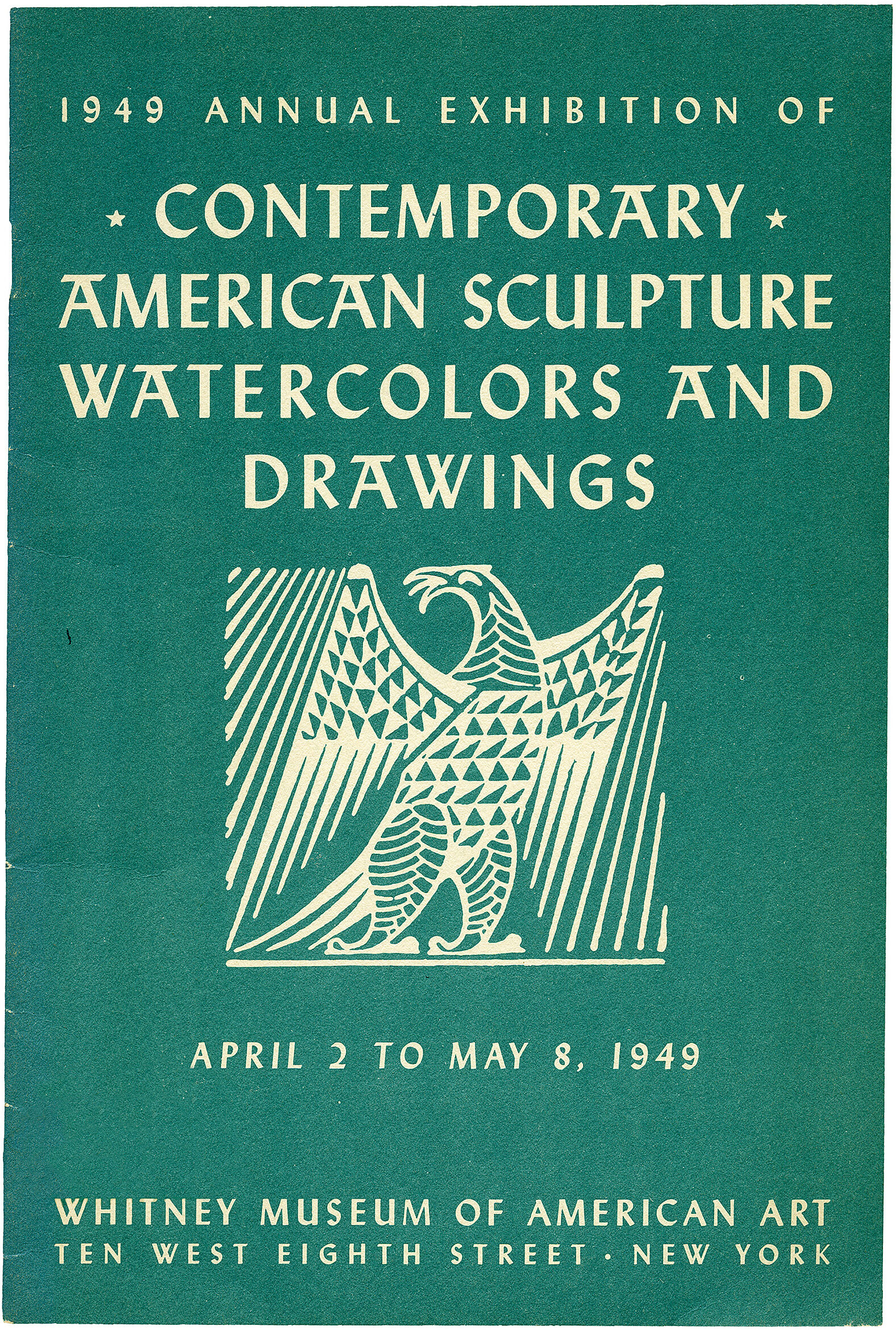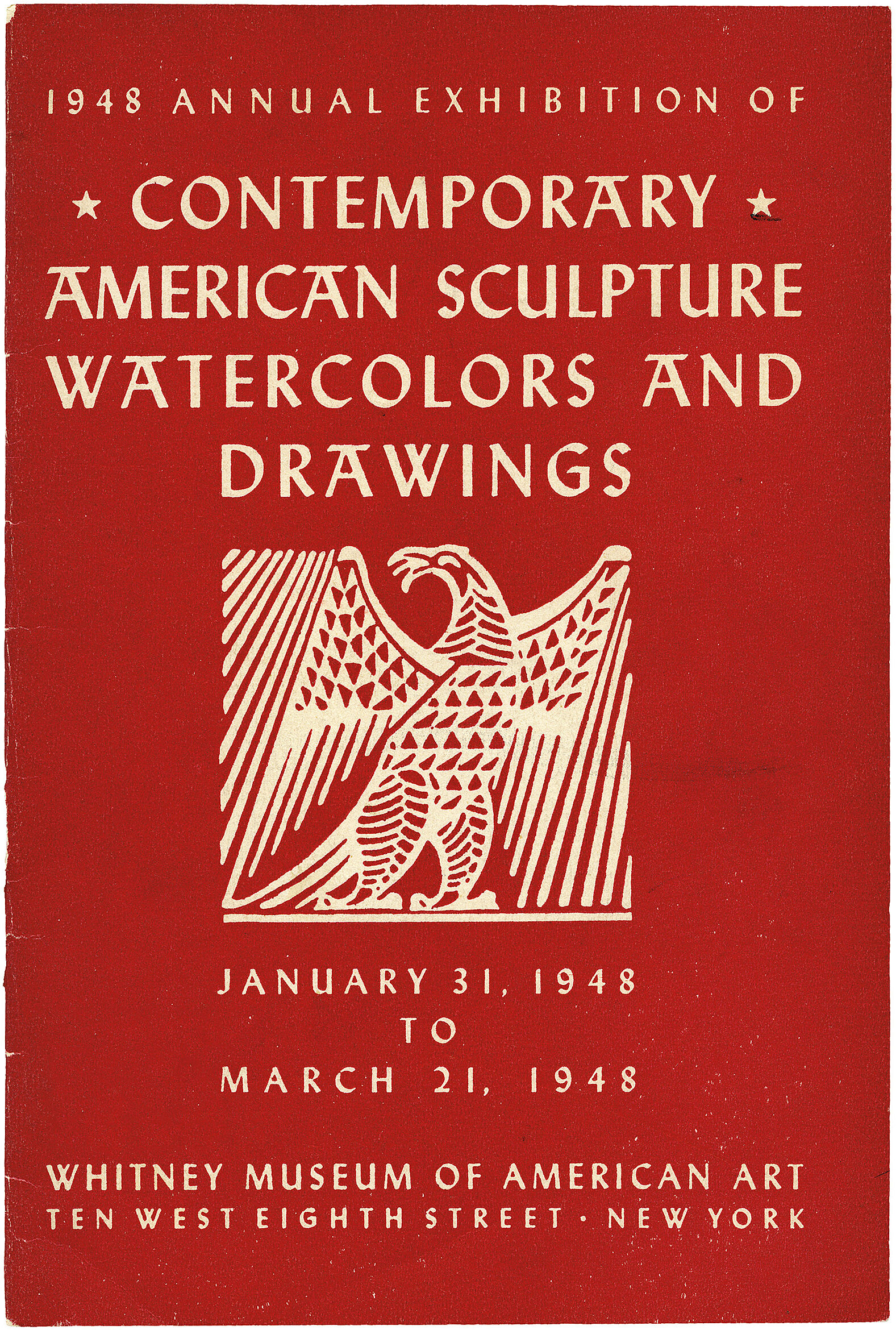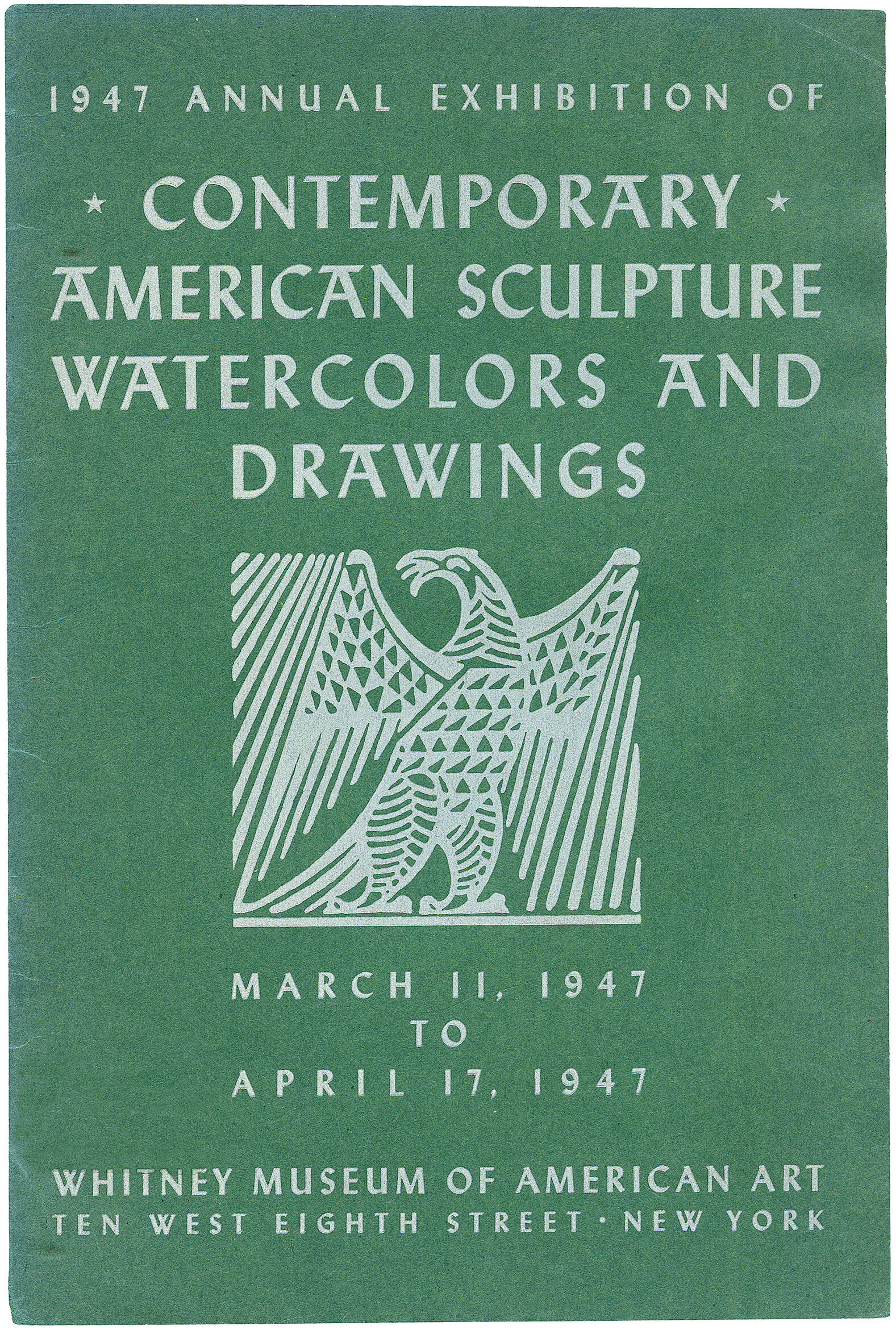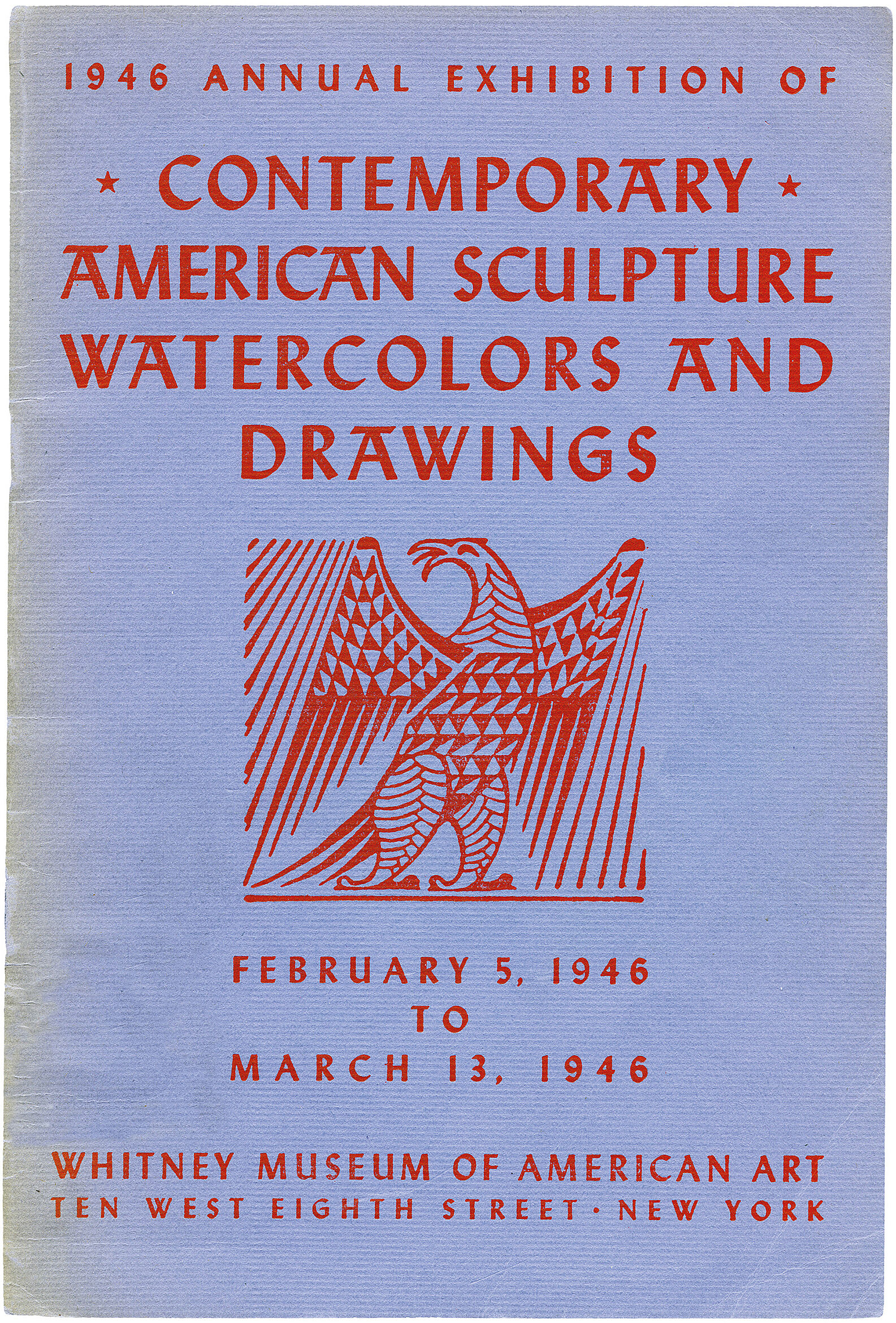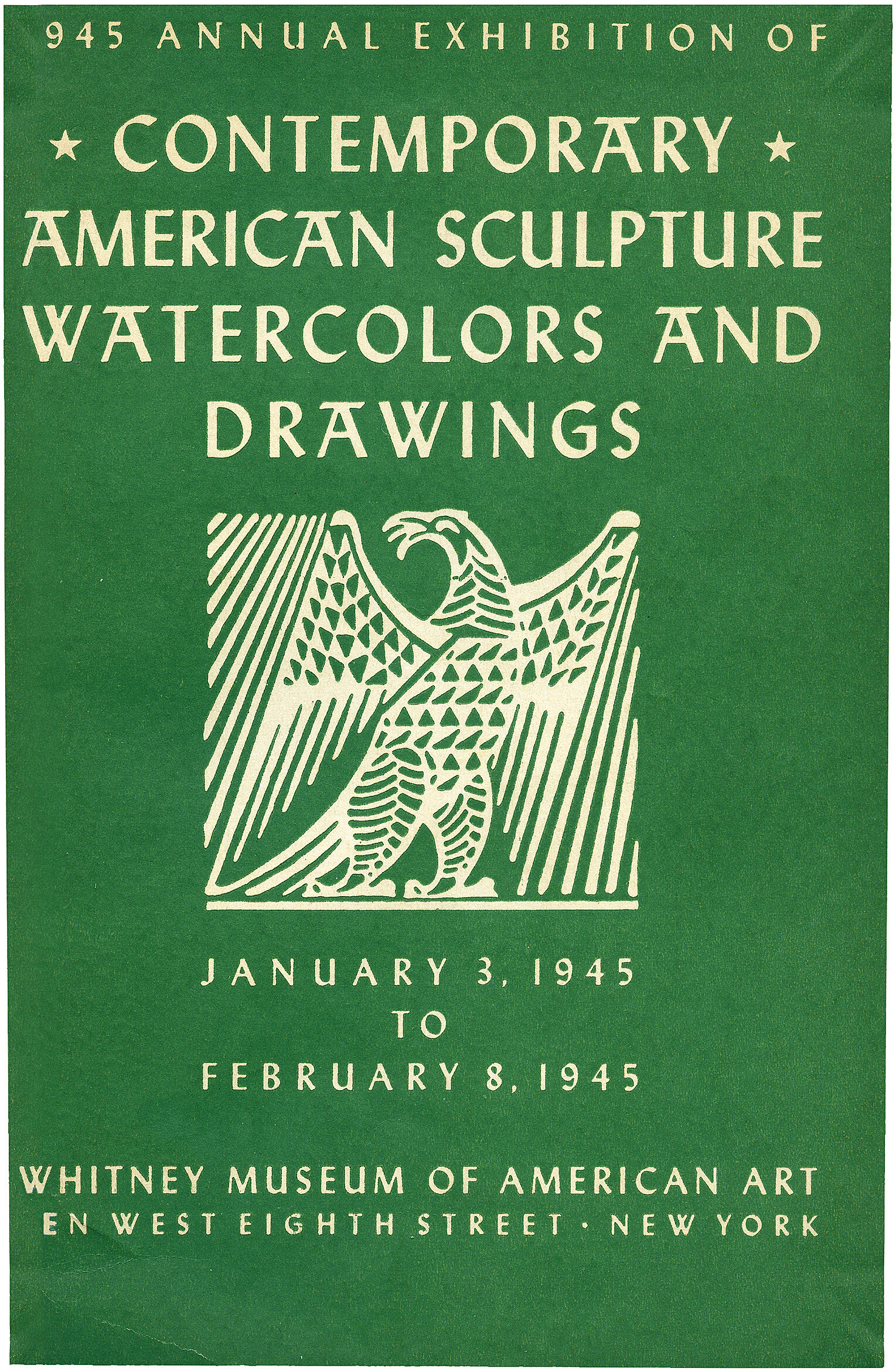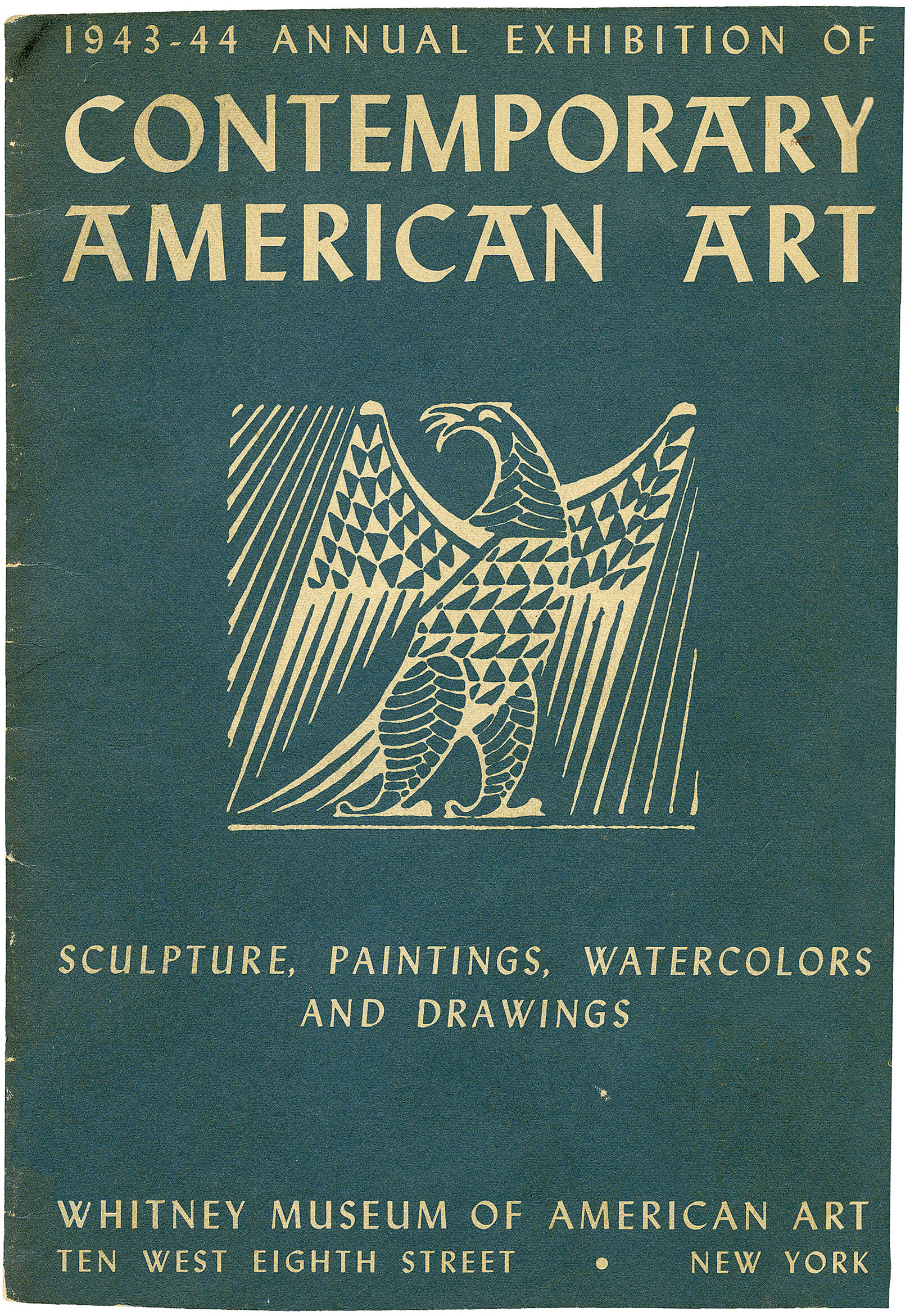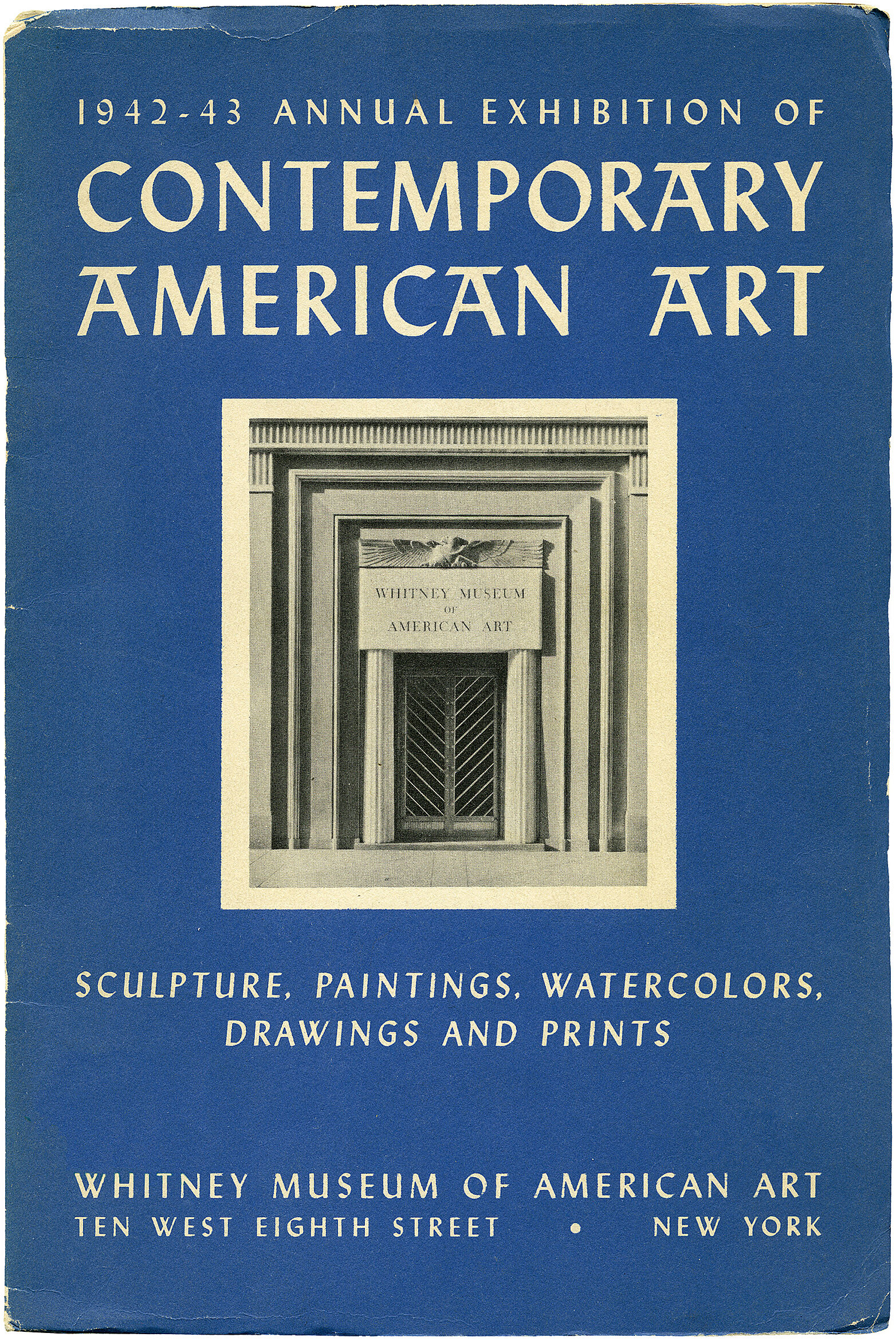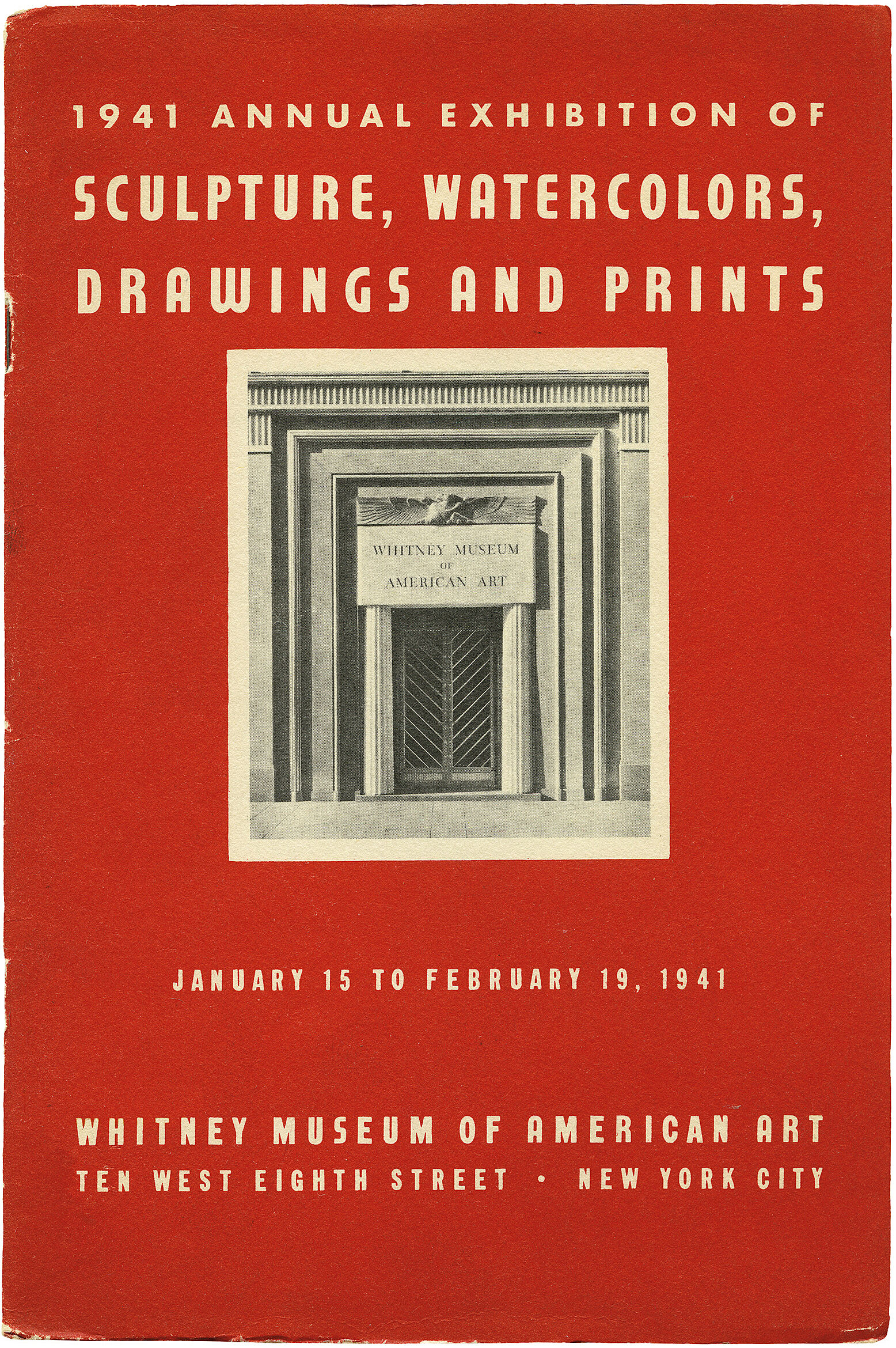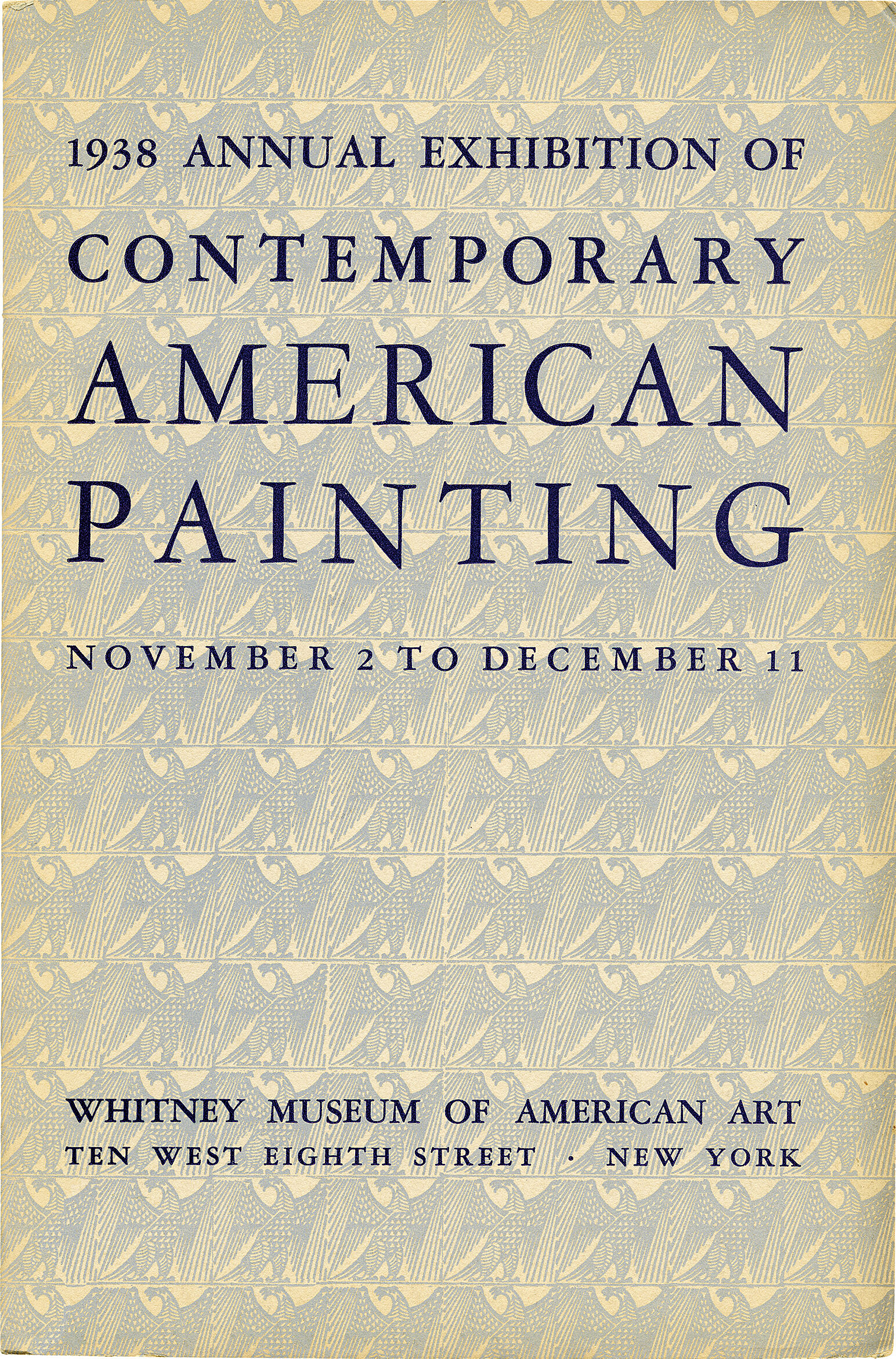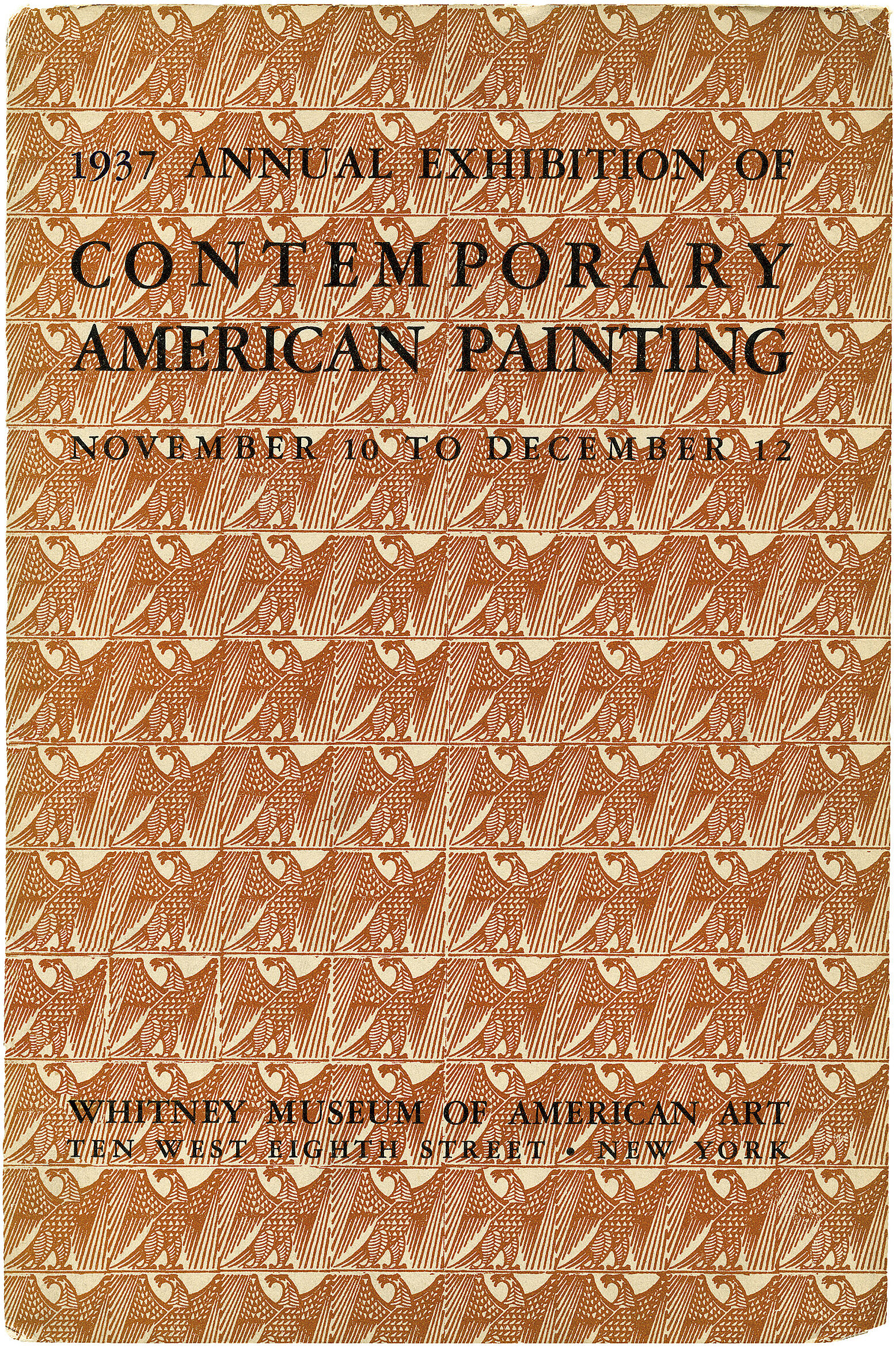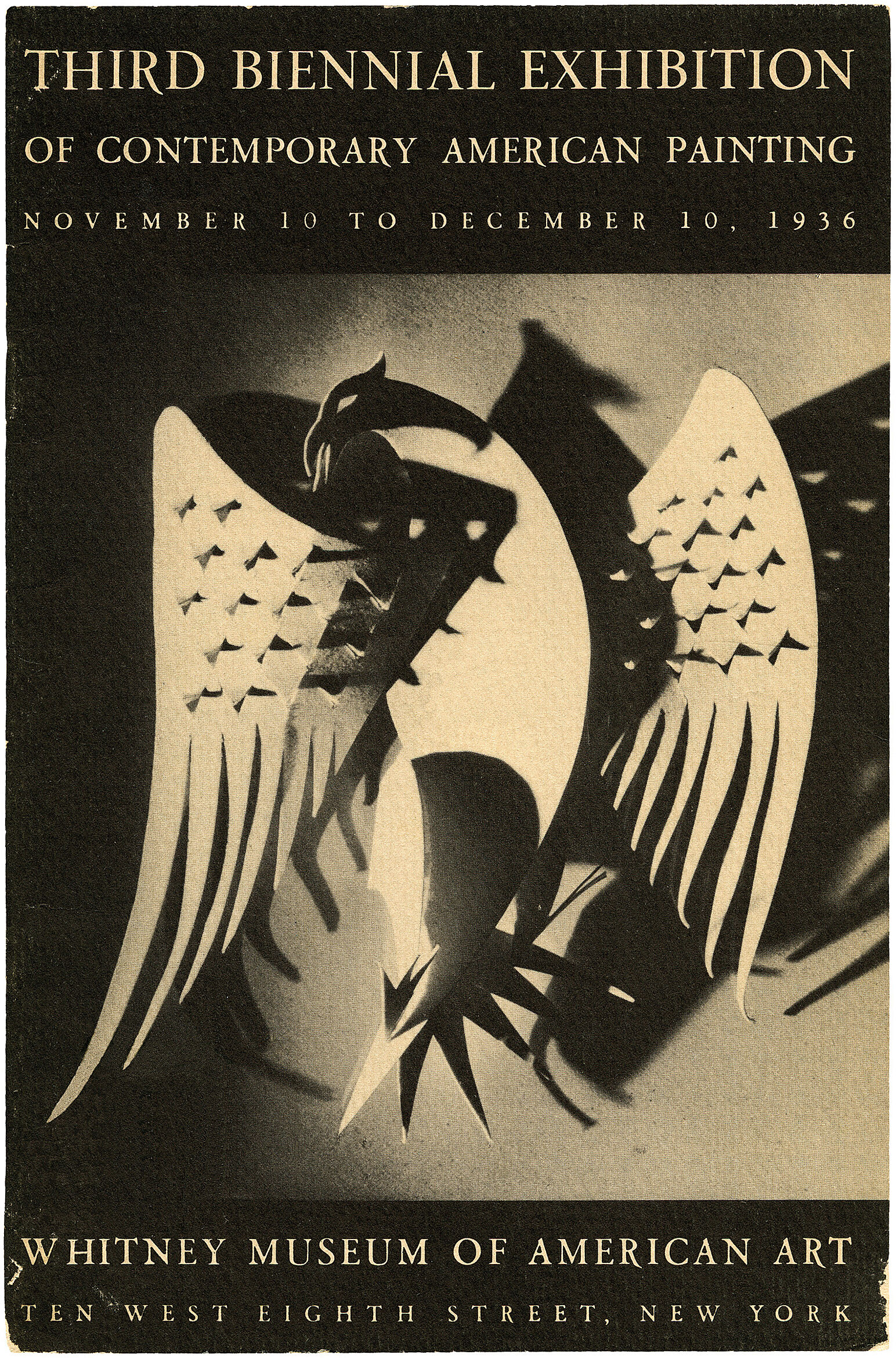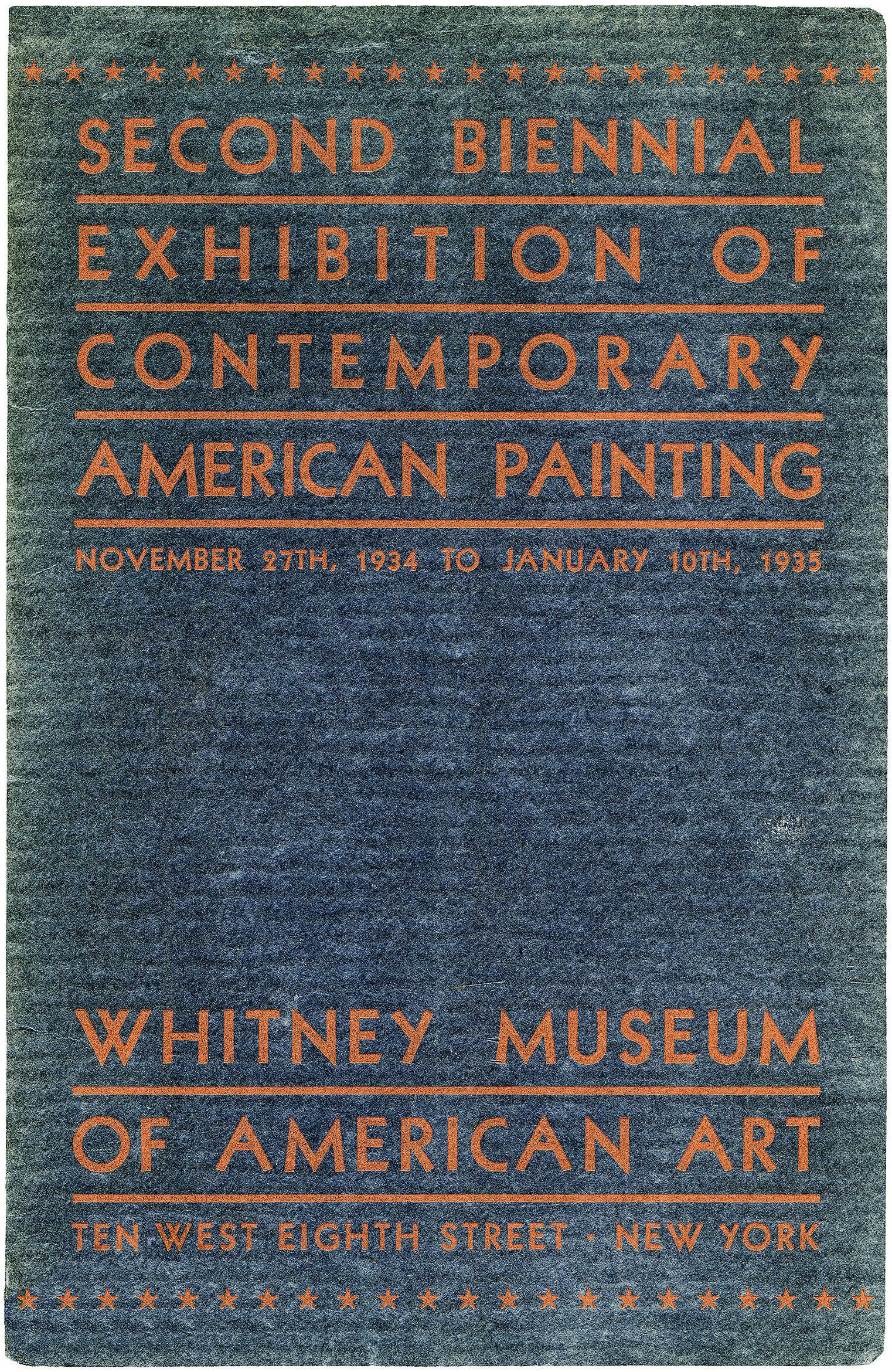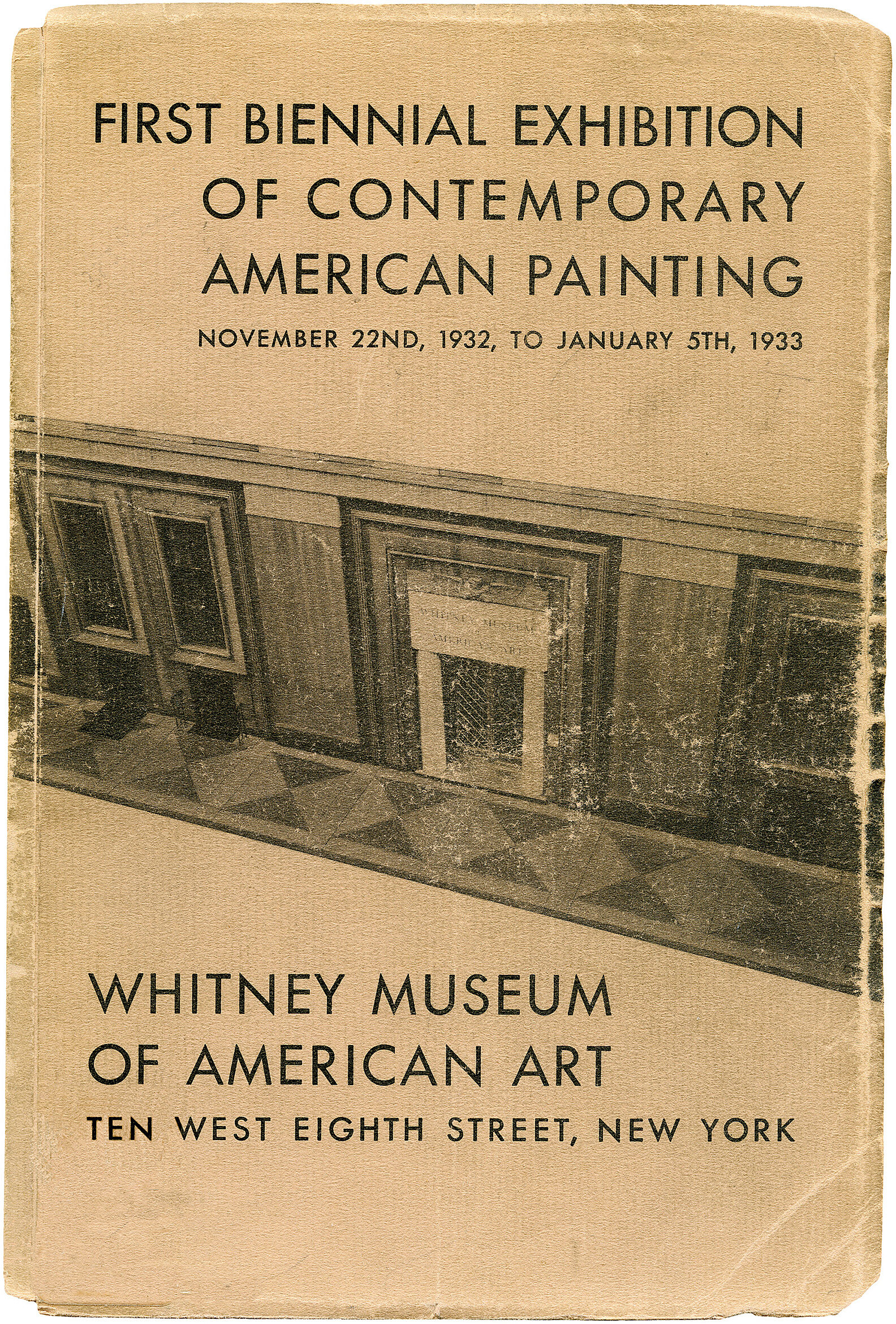Theodore Roszak
1907–1981
Polish-born, Chicago-trained artist Theodore Roszak embraced the ideals and aesthetic of the Machine Age. During a sojourn in Europe from 1929 to 1931, Roszak was deeply influenced by the utopian commitment to conjoin art and industry promulgated by the Bauhaus, the experimental German art school. Returning to New York, he embarked on a fertile investigation of this idea in an array of media, including painting, drawing, sculpture, lithography, and photography. The sculptures that resulted—and for which Roszak is best known—are streamlined geometric forms produced from industrial materials such as prefabricated metal and plastic. Despite their machine aesthetic, these works remain tied to the natural world, with sinuous or biomorphic elements that evoke figurative forms.
The same is true of Roszak’s drawings from the 1930s, including Metaphysical Structure, whose title and fantastical imagery recall the artist’s interest in the metaphysical compositions of Giorgio de Chirico and the European Surrealists. In this drawing Roszak imagines a contorted pyramidal structure that combines slick industrial elements, including smokestacks and taut cables, together with human forms such as a nose and skinlike surfaces. With its synthesis of abstraction and figuration, the human and the mechanical, the sensual and the austere, Metaphysical Structure reflects Roszak’s desire to ground all of his art in what he termed “the unique quality of opposing forces.” At the same time, this haunting and inventive fusion of man and machine suggests the particular role of drawing, for Roszak, as a tool for “releasing any number of ideas that could not be so readily recorded in any other media.”
Introduction
Theodore Roszak (May 1, 1907 – September 2, 1981) was a Polish-American sculptor and painter. He was born in Posen, Prussia (German Empire), now Poznań, Poland, as a son of Polish parents, and emigrated to the United States at the age of two. From 1925 to 1926 he studied at the School of the Art Institute of Chicago, In 1930 he won the Logan Medal of the Arts, then moved to New York City to take classes at the National Academy of Design with George Luks and at Columbia University, where he studied logic and philosophy.
Roszak established a studio in New York City in 1932 and worked as an artist for the Works Progress Administration during the depression before going back to Chicago to teach at the Art Institute. He taught at Sarah Lawrence College throughout the 1940s and 1950s and at Columbia University from 1970 to 1973. He was a participating artist at the documenta II in Kassel 1959 and at the Venice Biennale in 1960. Roszak's sculpture, at first closer to Constructivism and displaying an industrial aesthetic, changed after around 1946 to a more expressionistic style.
Roszak was affiliated with the Skowhegan School of Painting and Sculpture, the National Institute of Arts and Letters, the American Academy in Rome, and the National Academy of Design. He served on the U.S. Commission of Fine Arts from 1963 to 1969. He received the Logan Medal of the Arts (1930), a Tiffany Foundation Fellowship (1931), and the Eisendrath Award of the Art Institute of Chicago (1934). Roszak was also an accomplished violinist, and liked to use musical references in his artworks. Roszak died in New York City, where he lived.
Roszak sculpted the 35-foot (11 m) gilded aluminum eagle on the pediment of the former US Embassy in Grosvenor Square, London.
Wikidata identifier
Q258726
Information from Wikipedia, made available under the Creative Commons Attribution-ShareAlike License . Accessed November 22, 2025.
Introduction
American artist, born in Poland.
Country of birth
Poland
Roles
Artist, lithographer, painter, photographer, sculptor
ULAN identifier
500017526
Names
Theodore Roszak, Theodore J. Roszak
Information from the Getty Research Institute's Union List of Artist Names ® (ULAN), made available under the ODC Attribution License. Accessed November 22, 2025.



